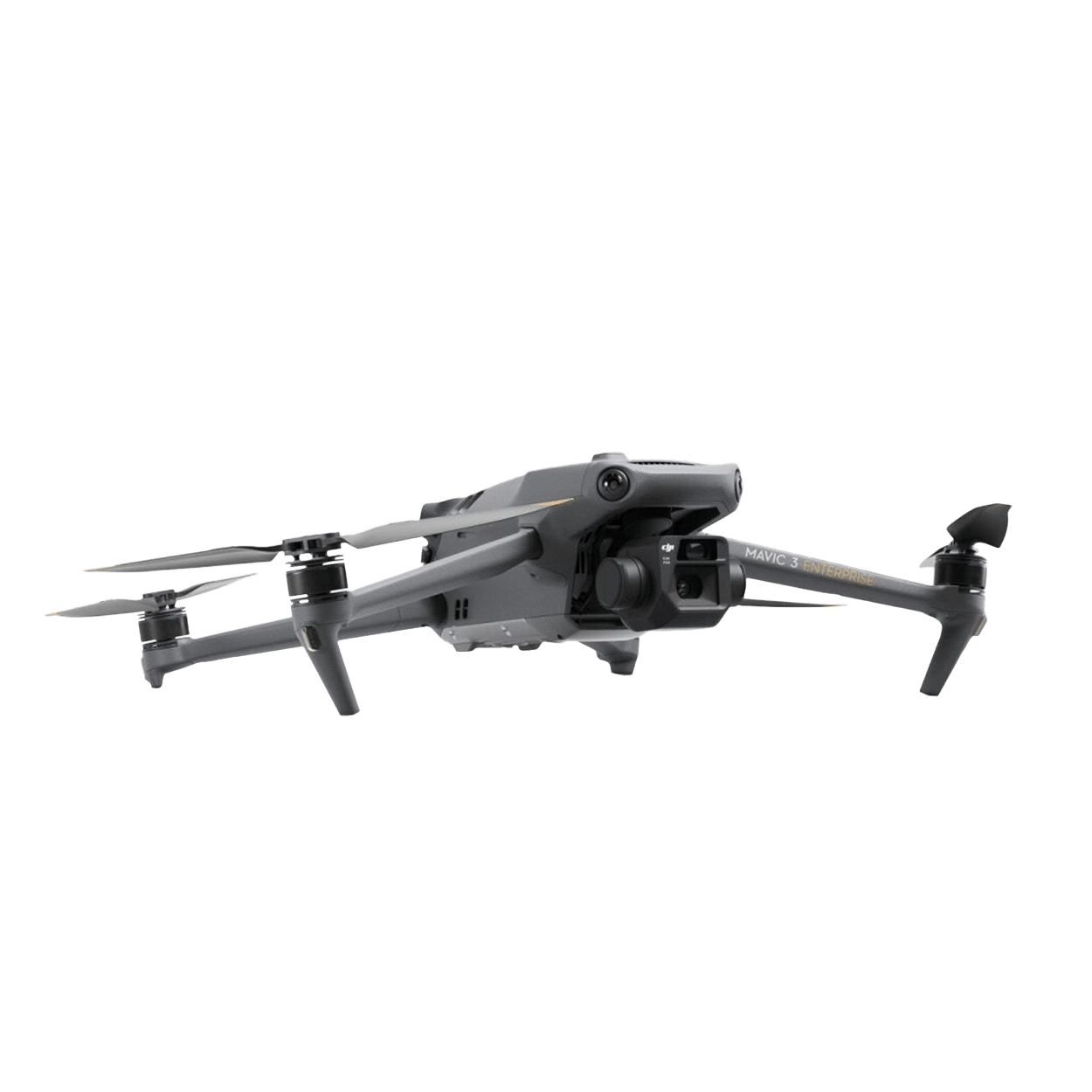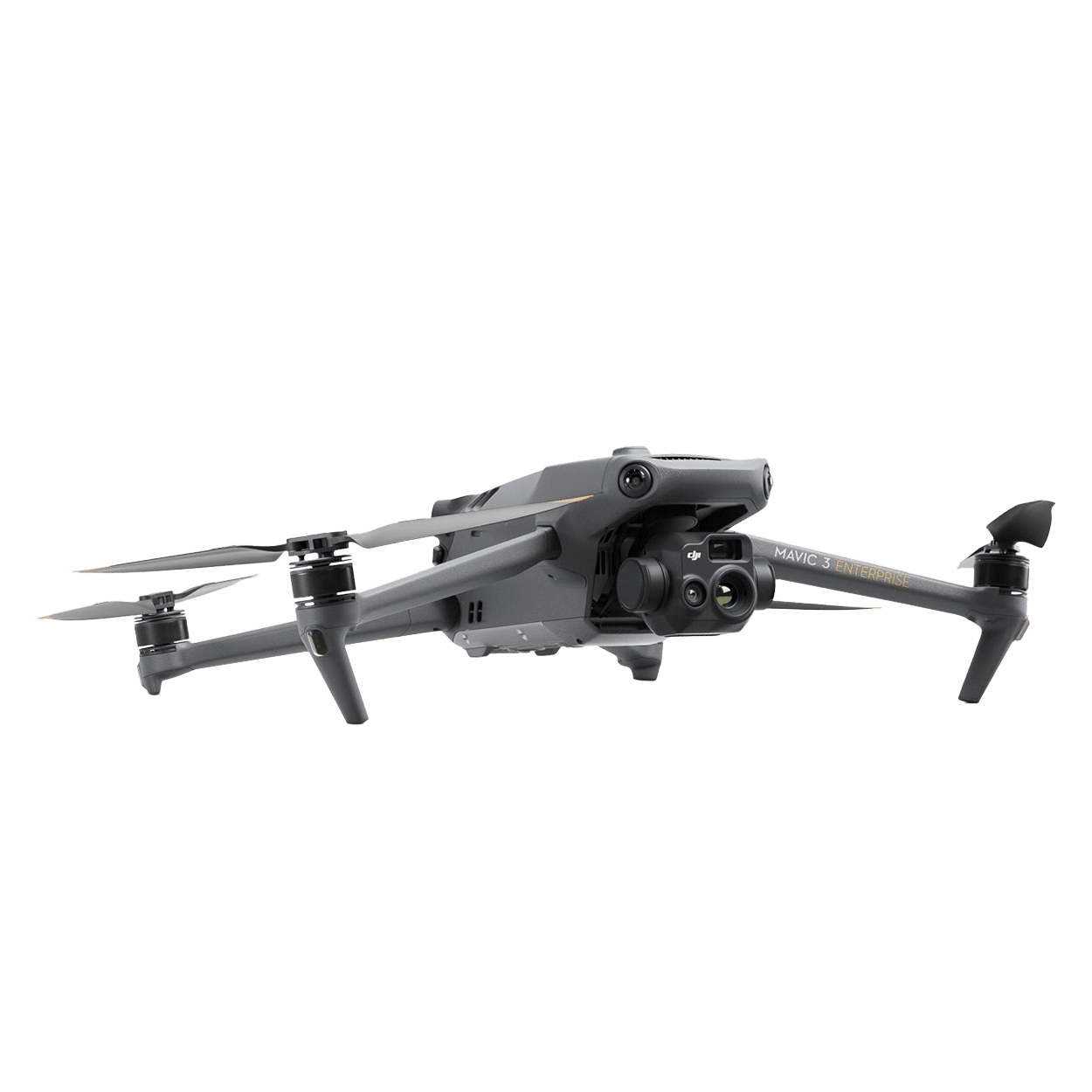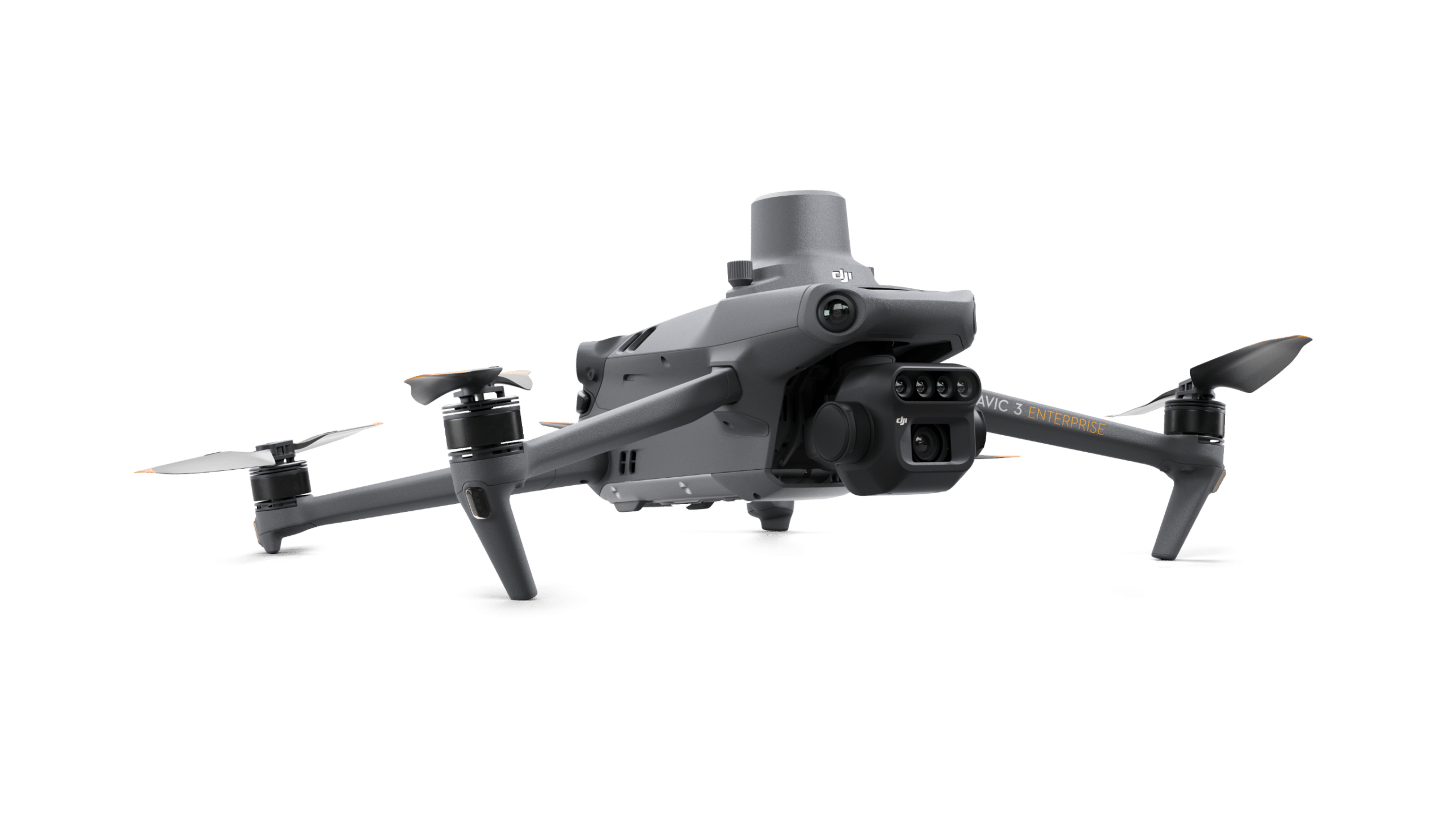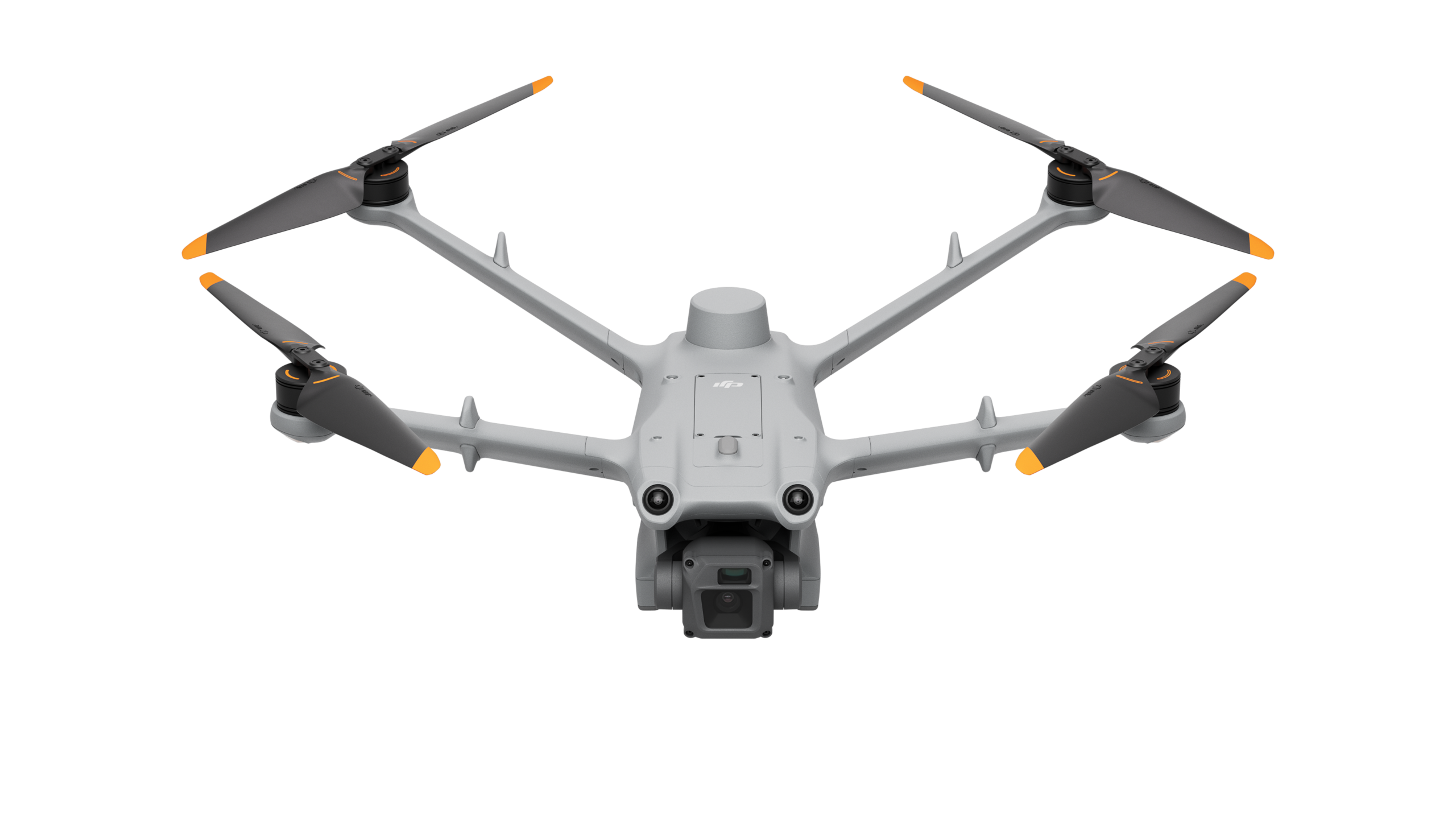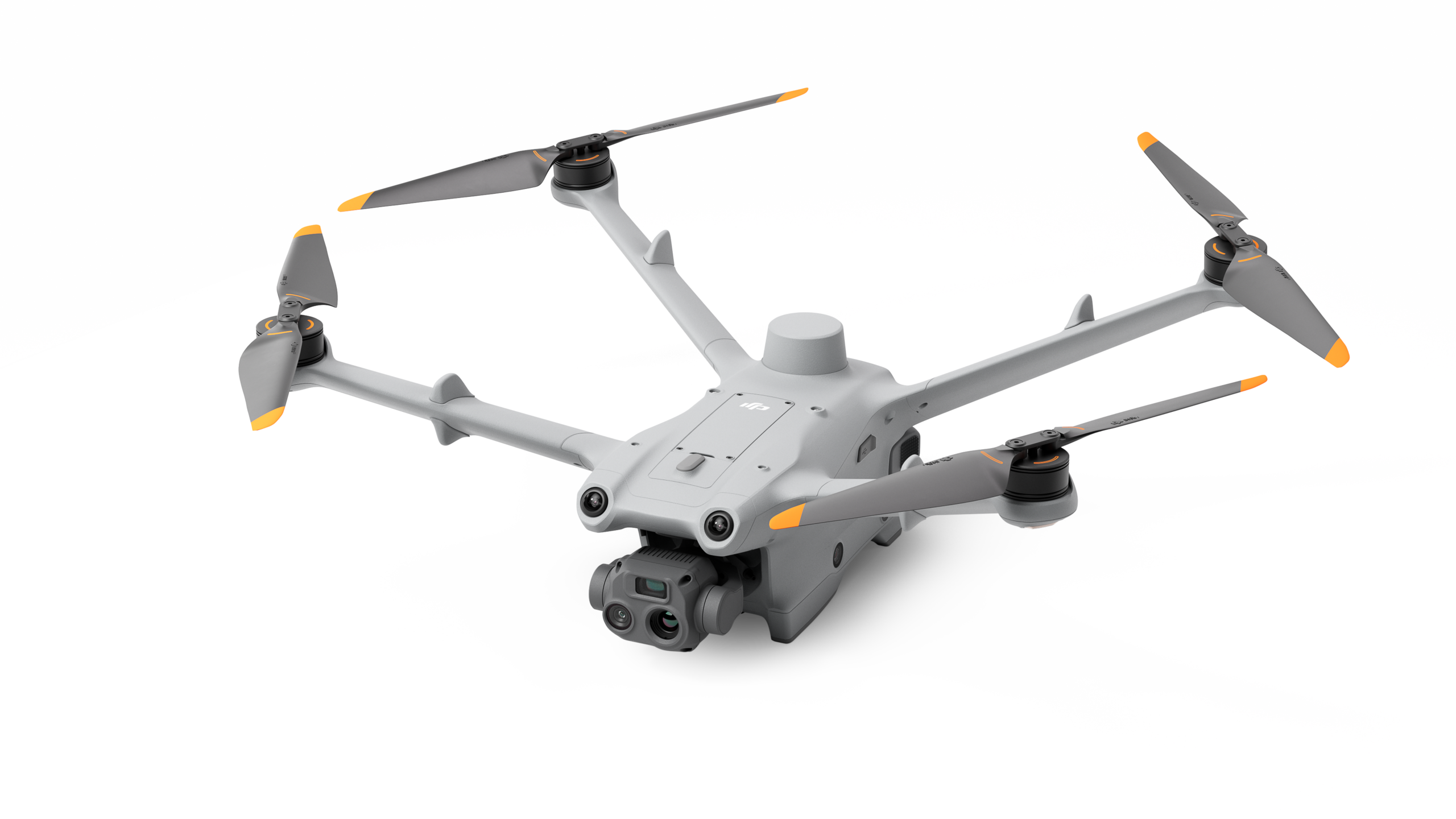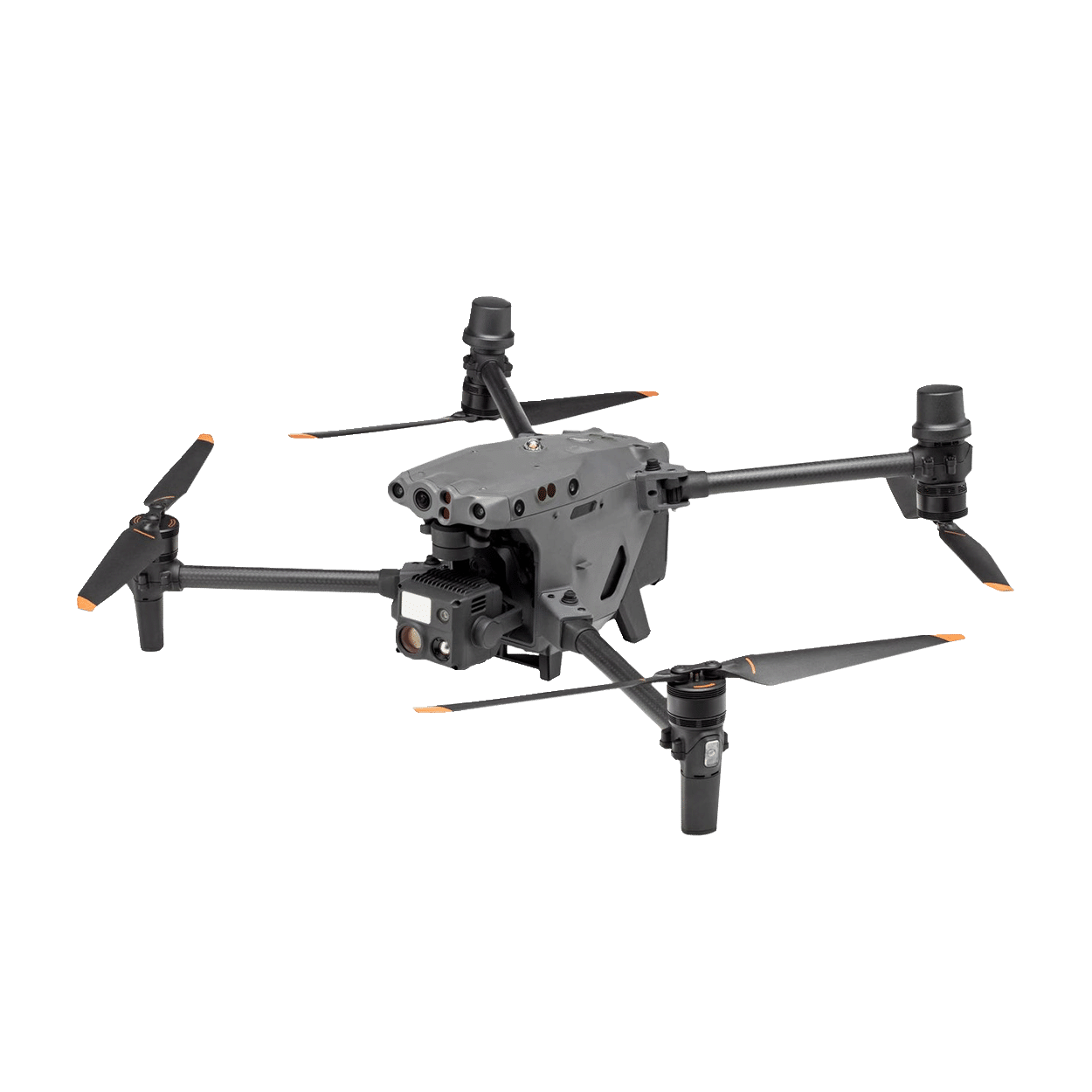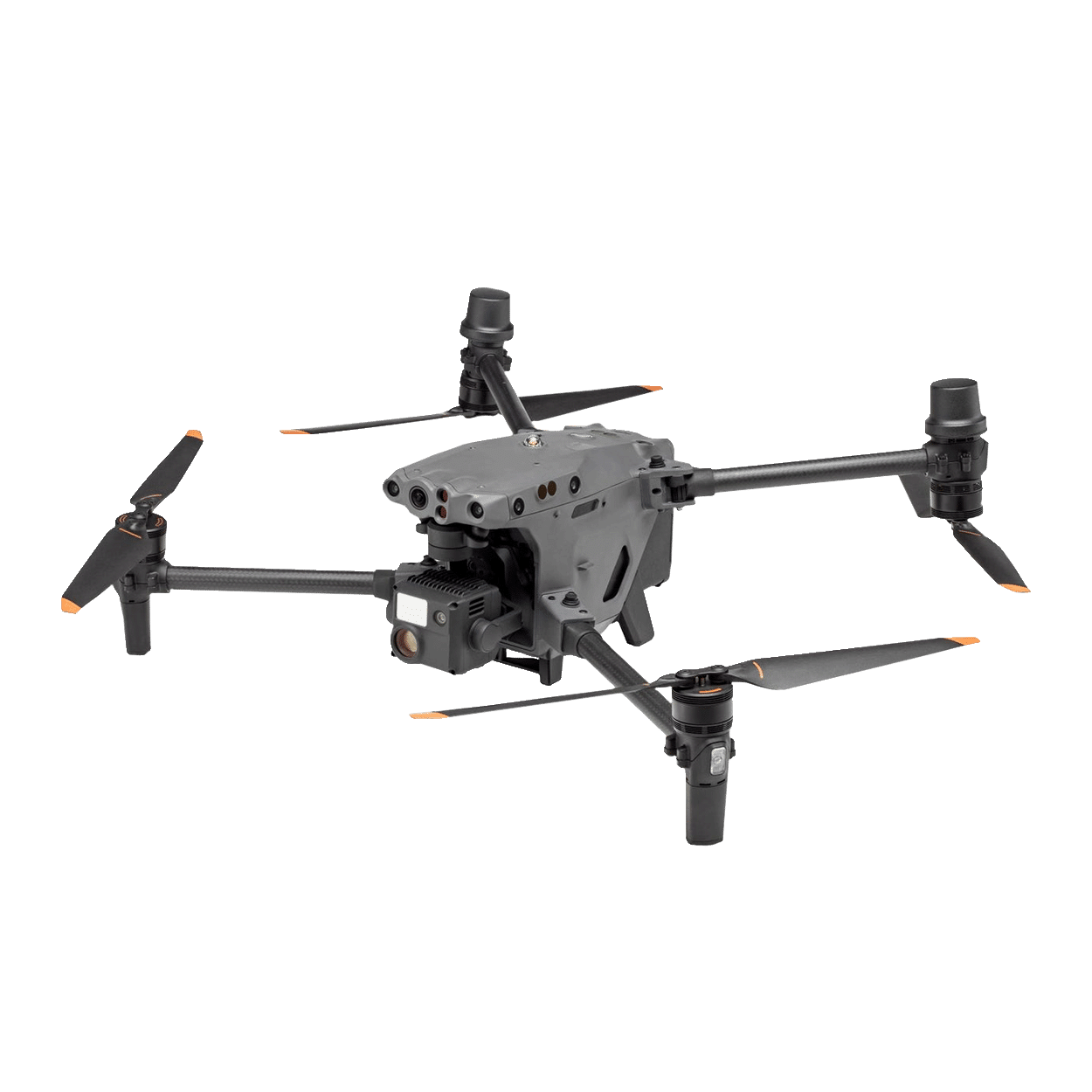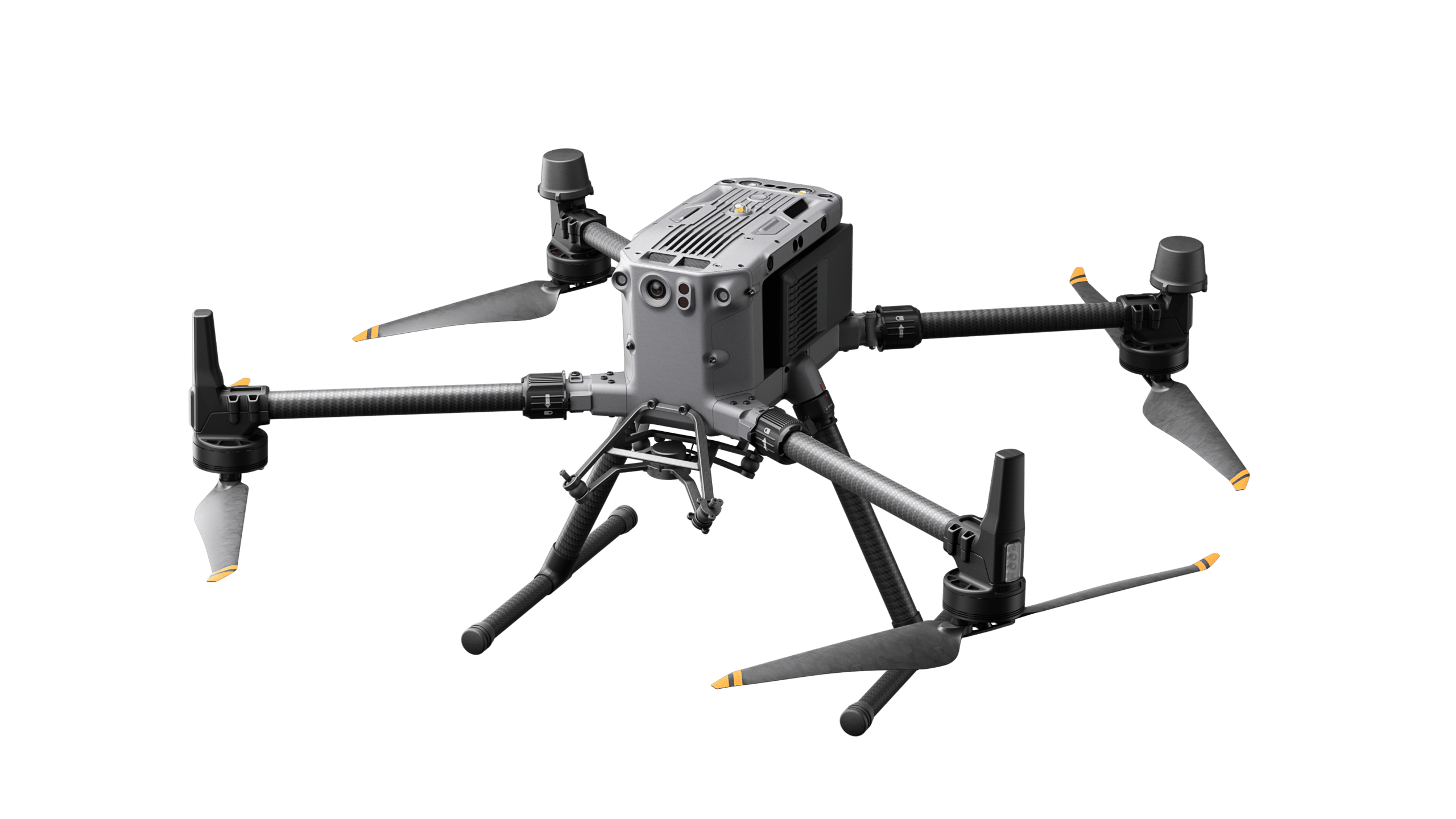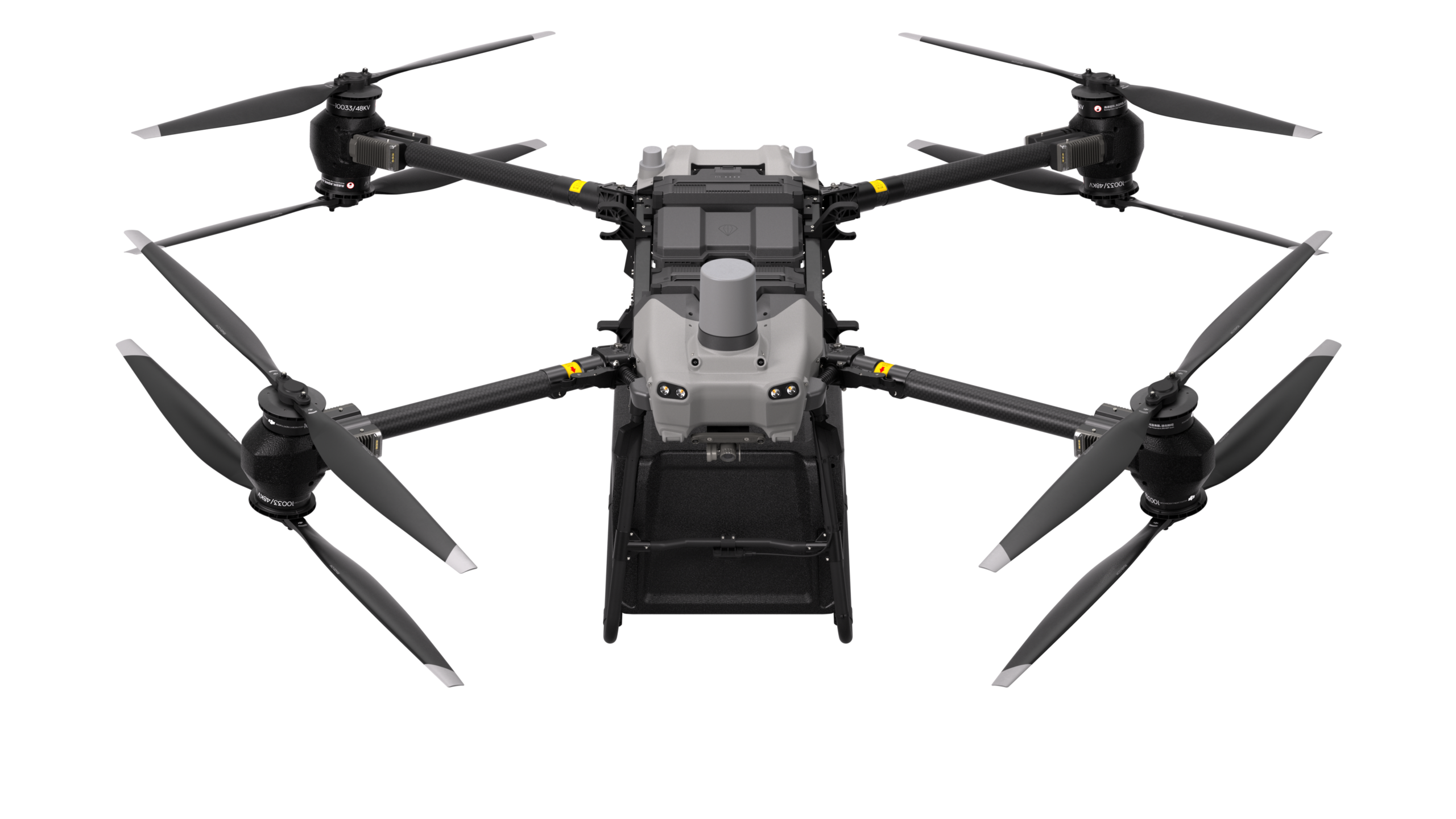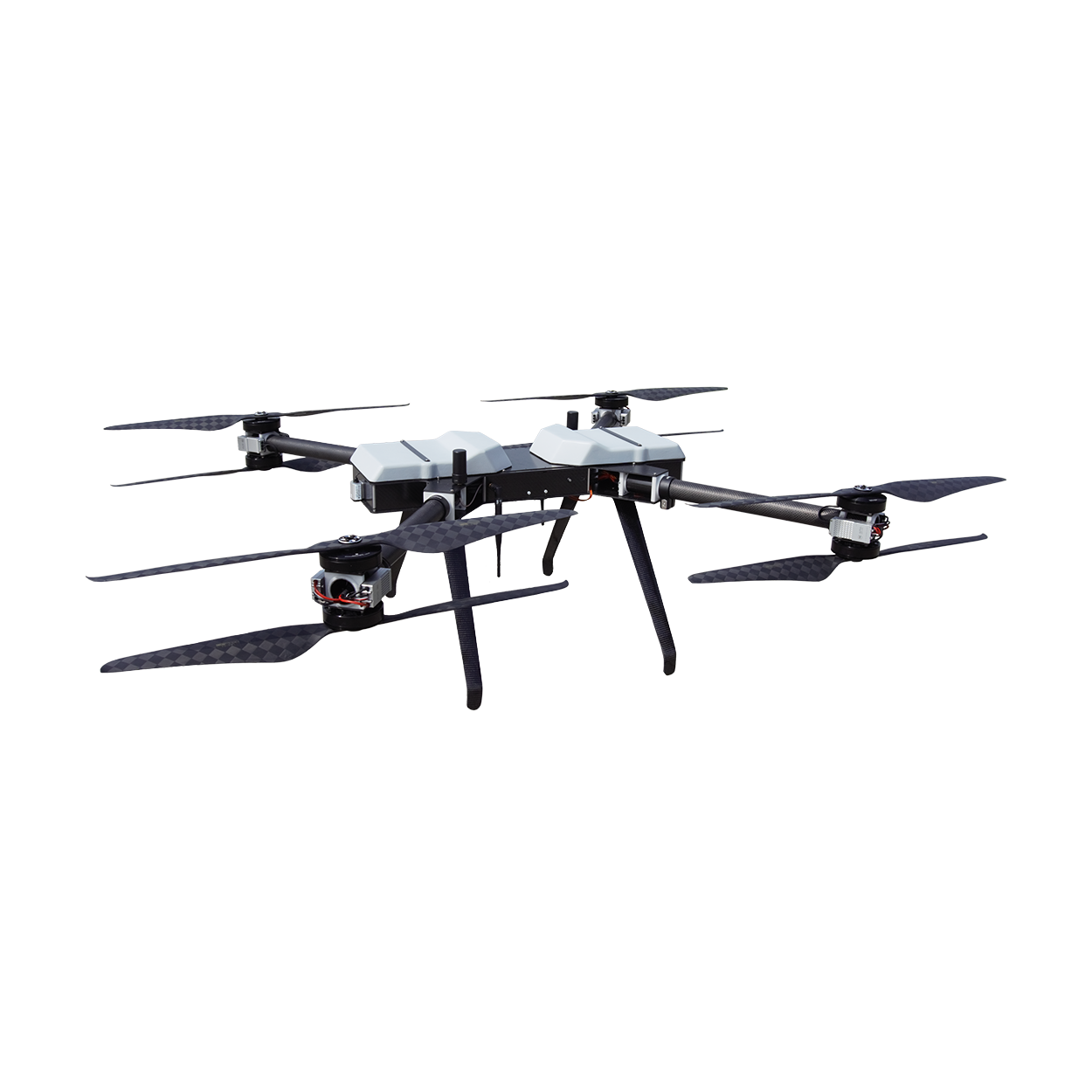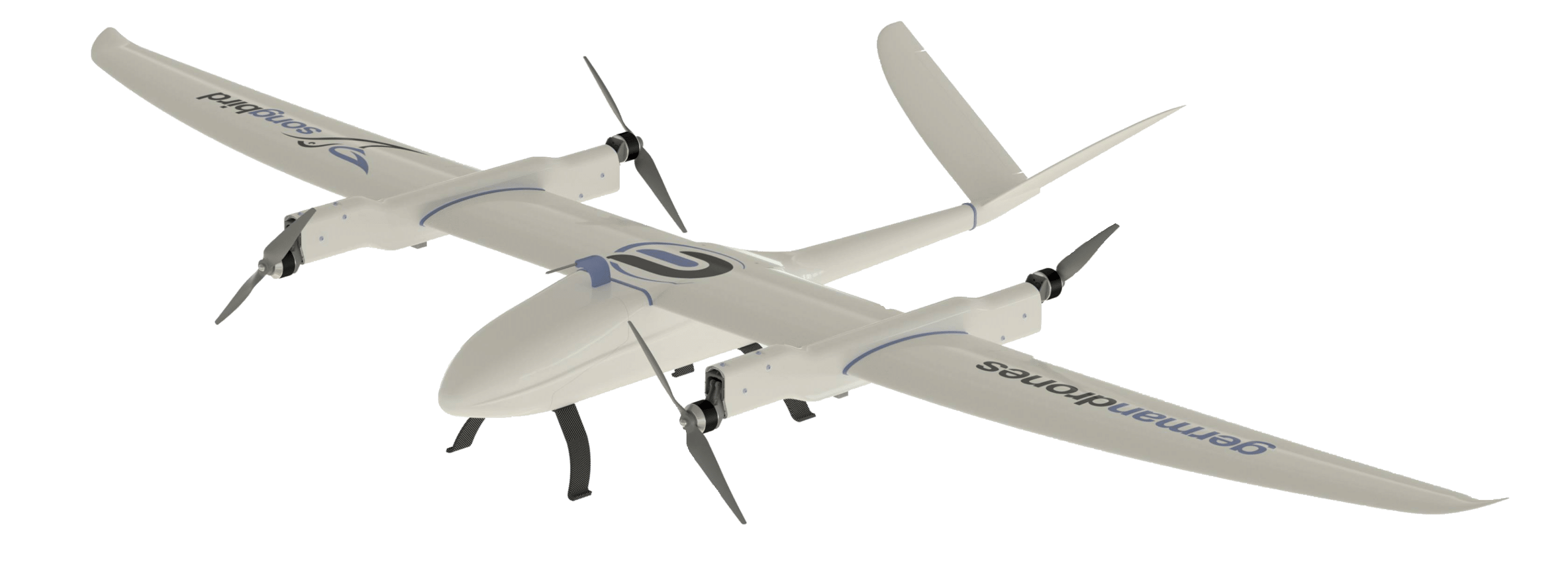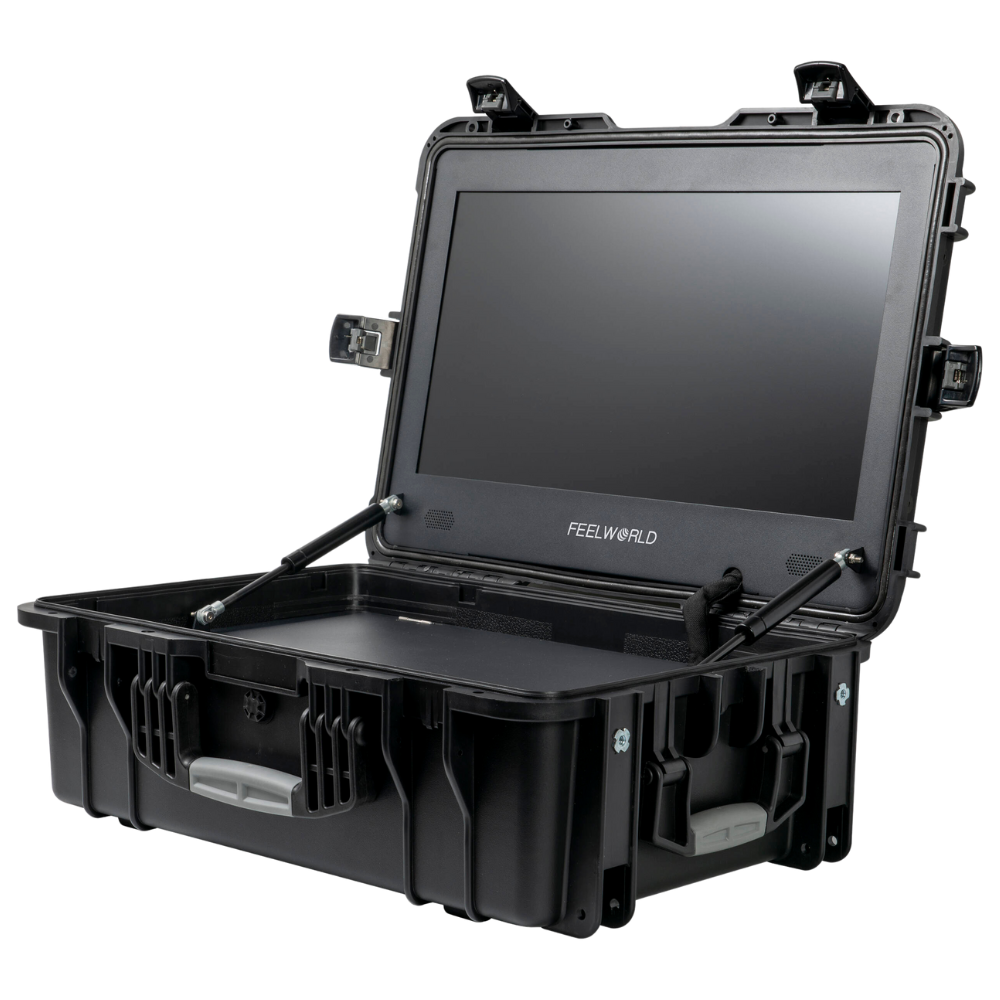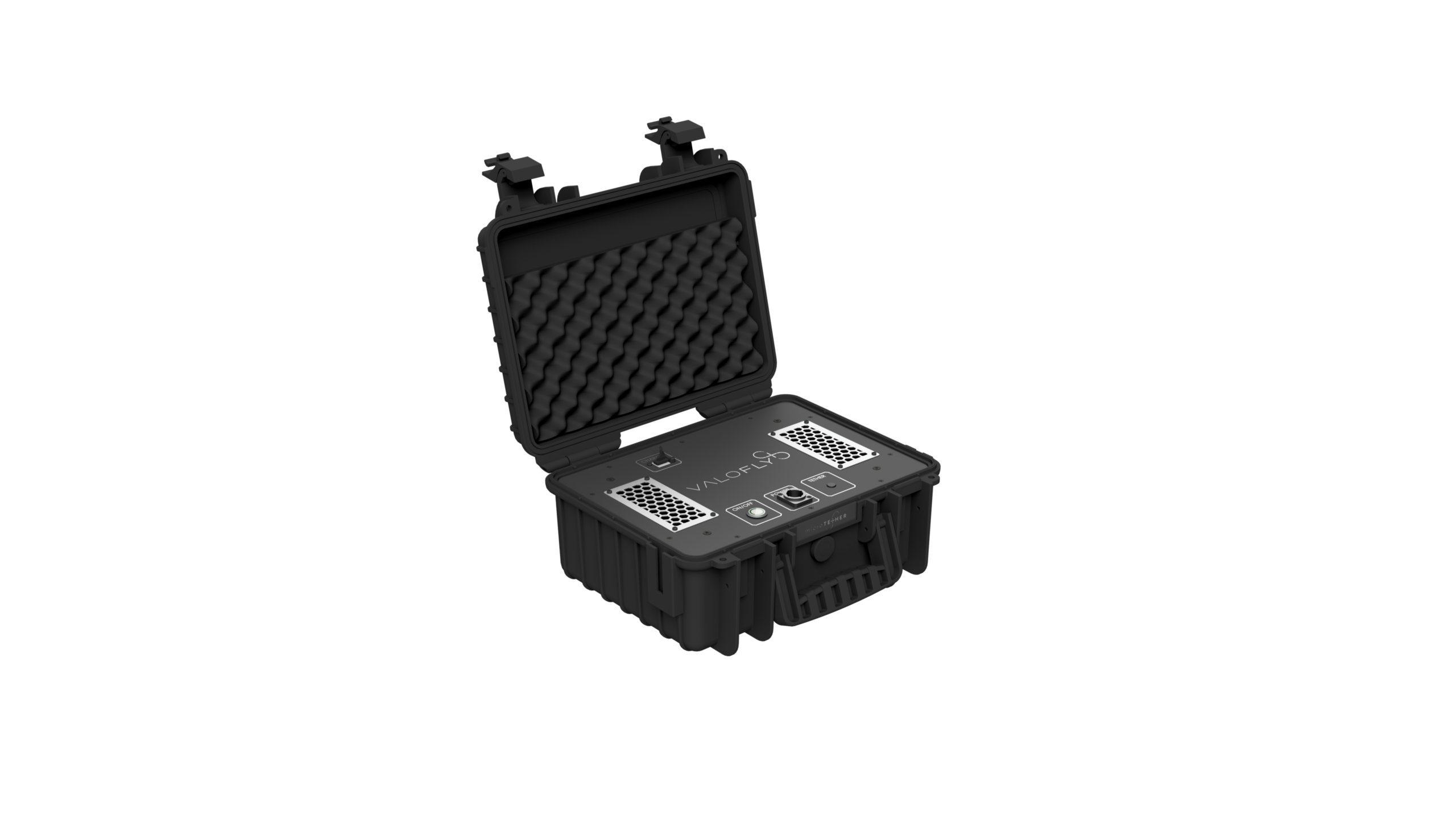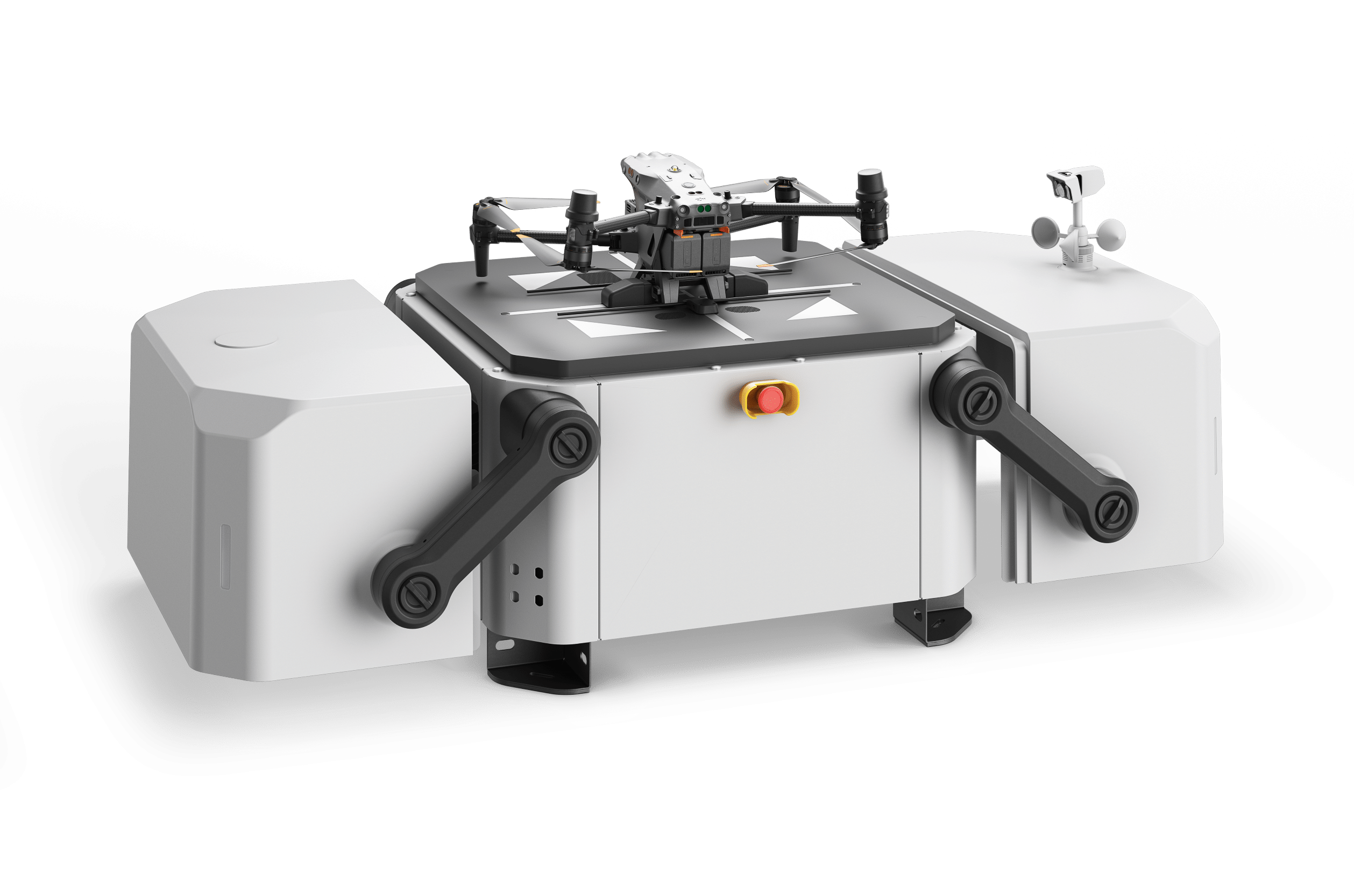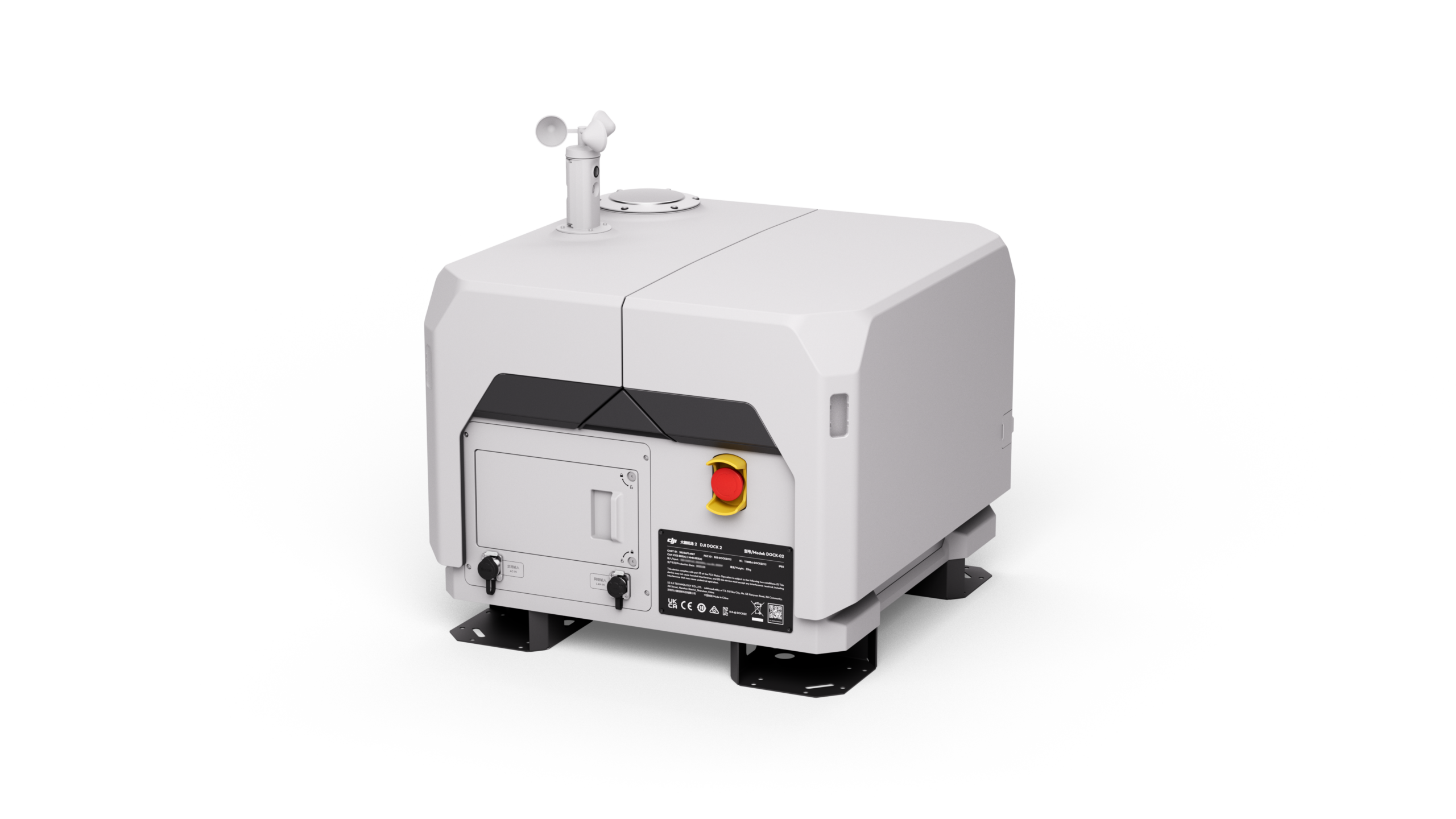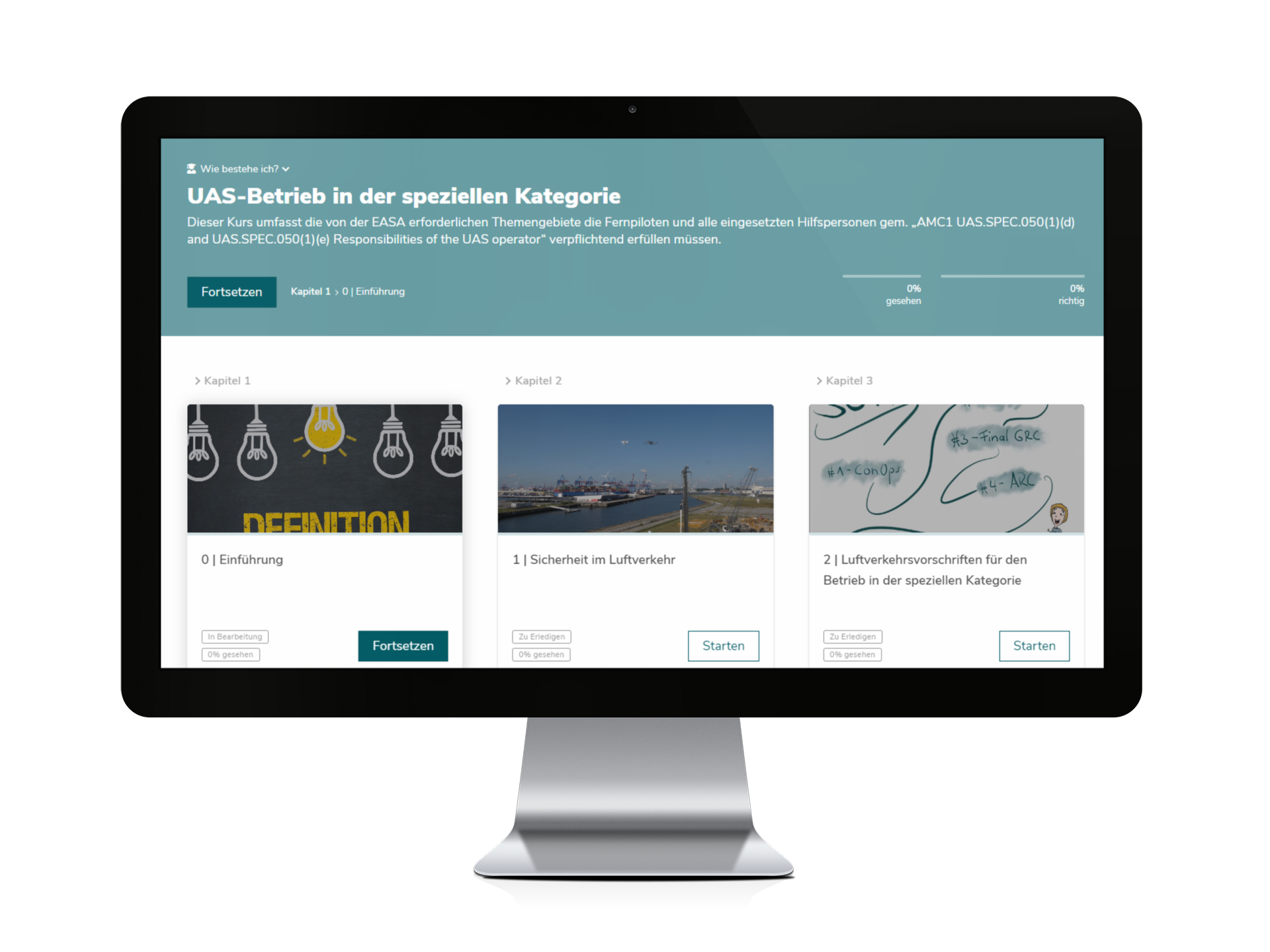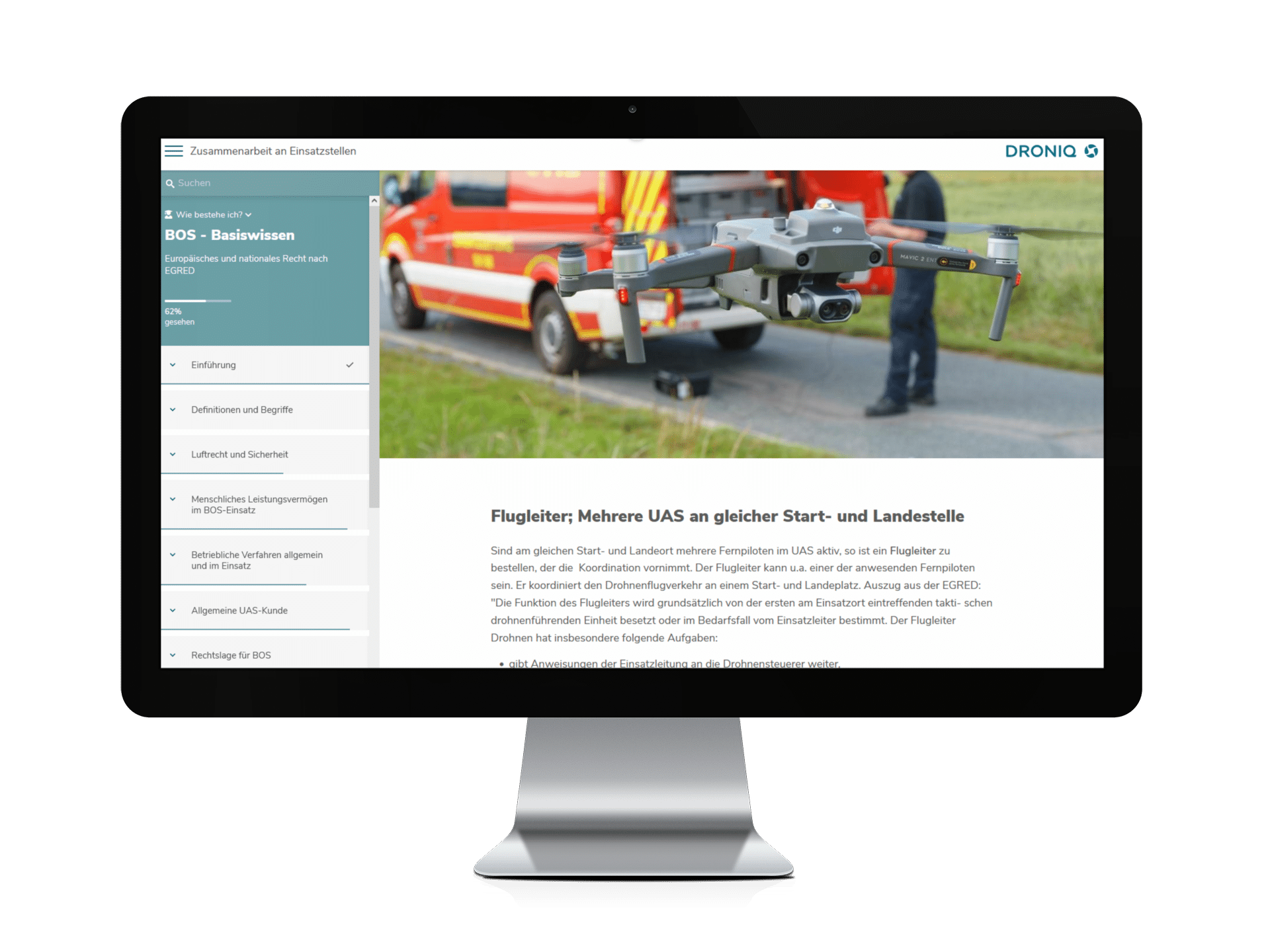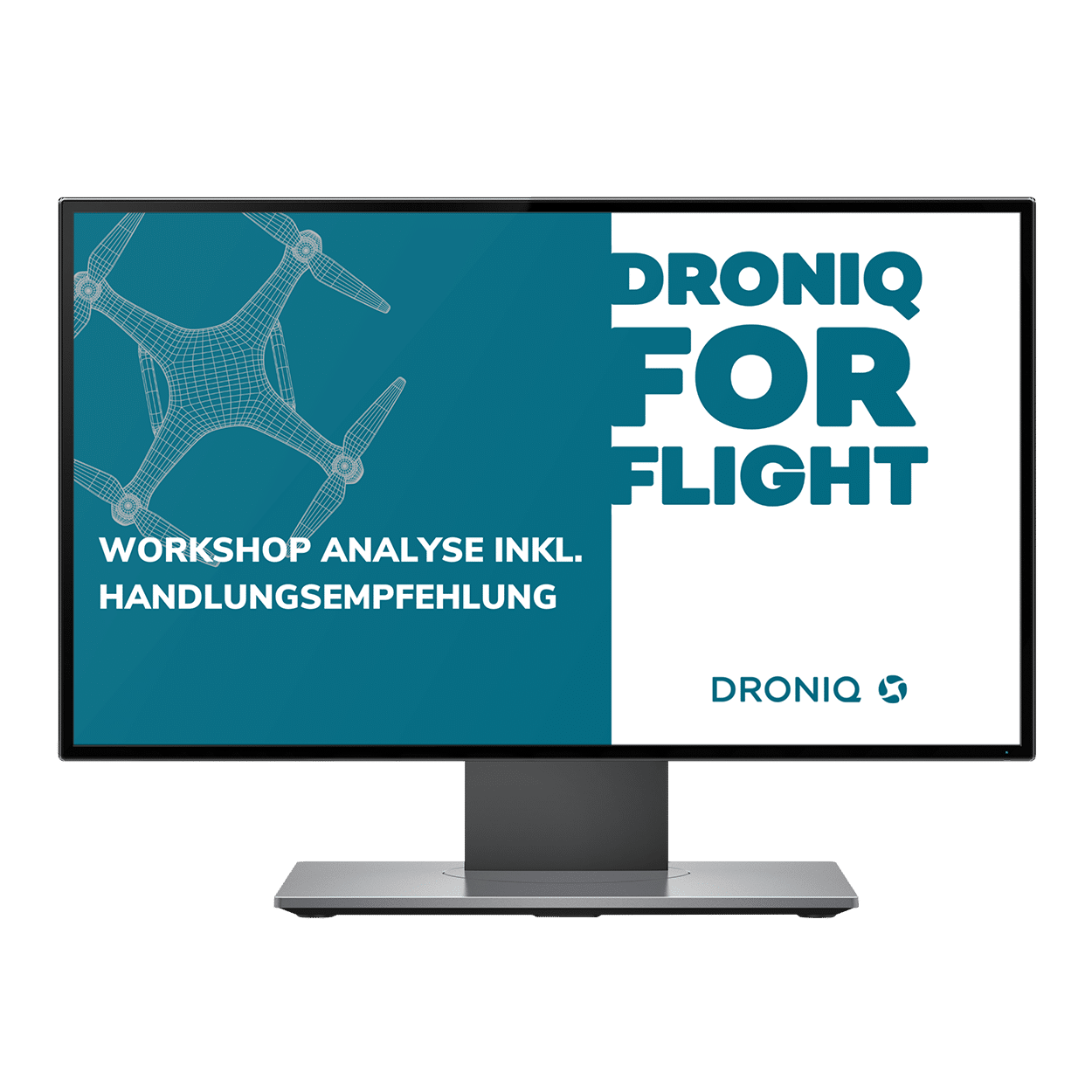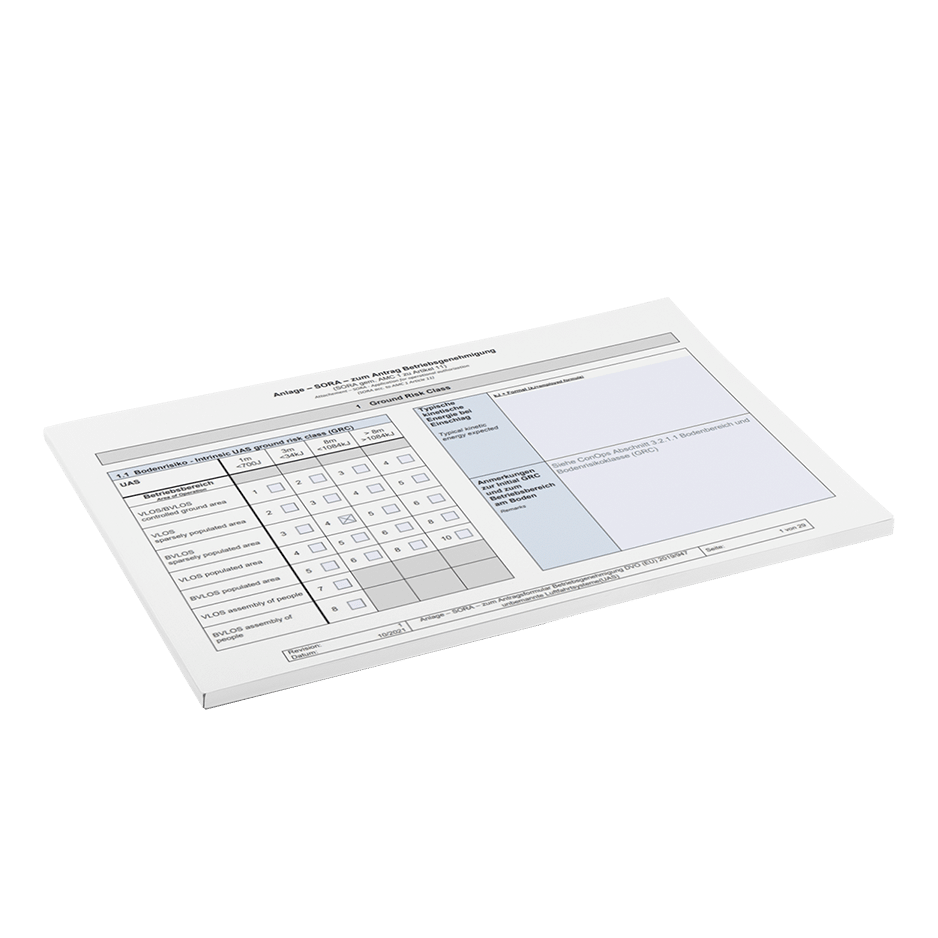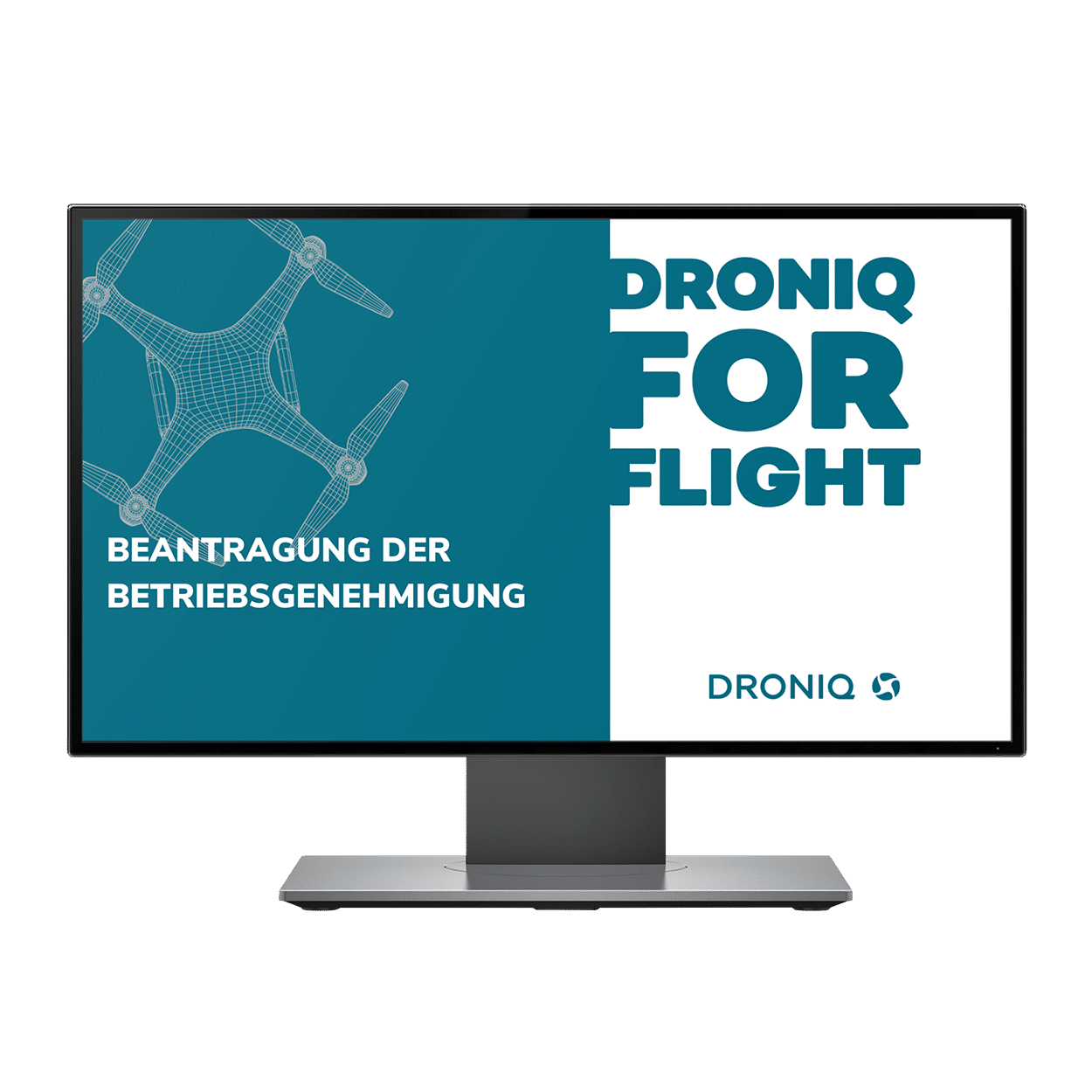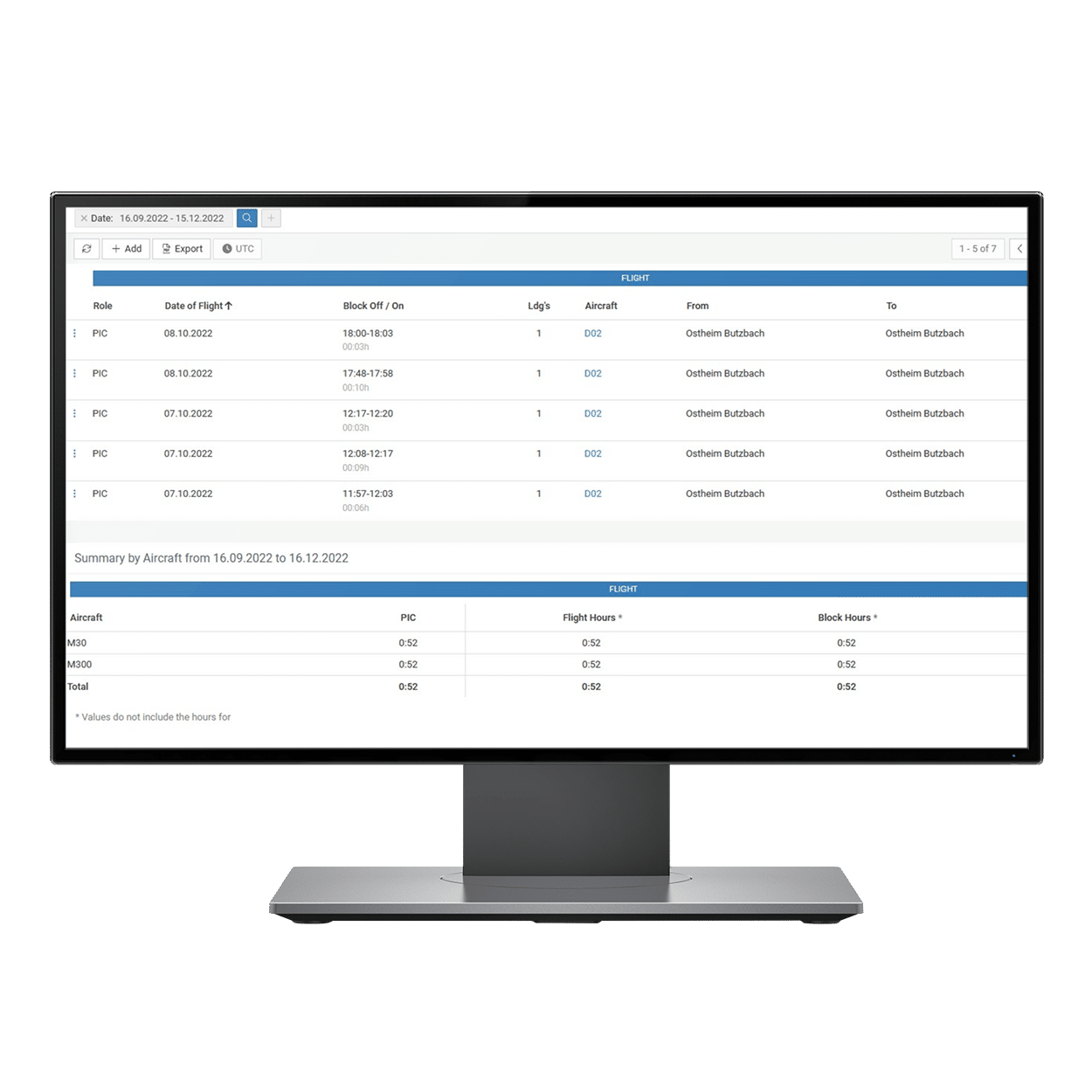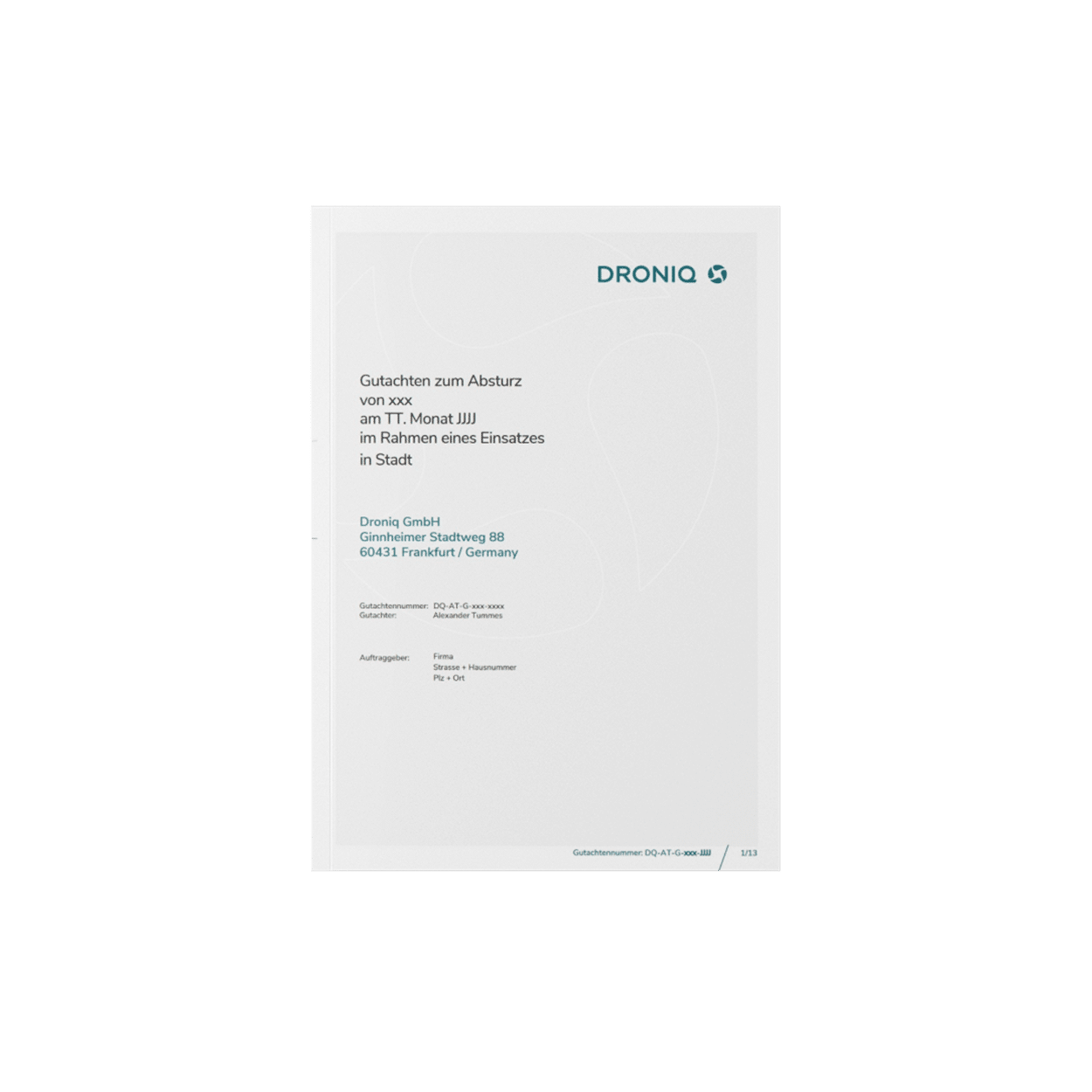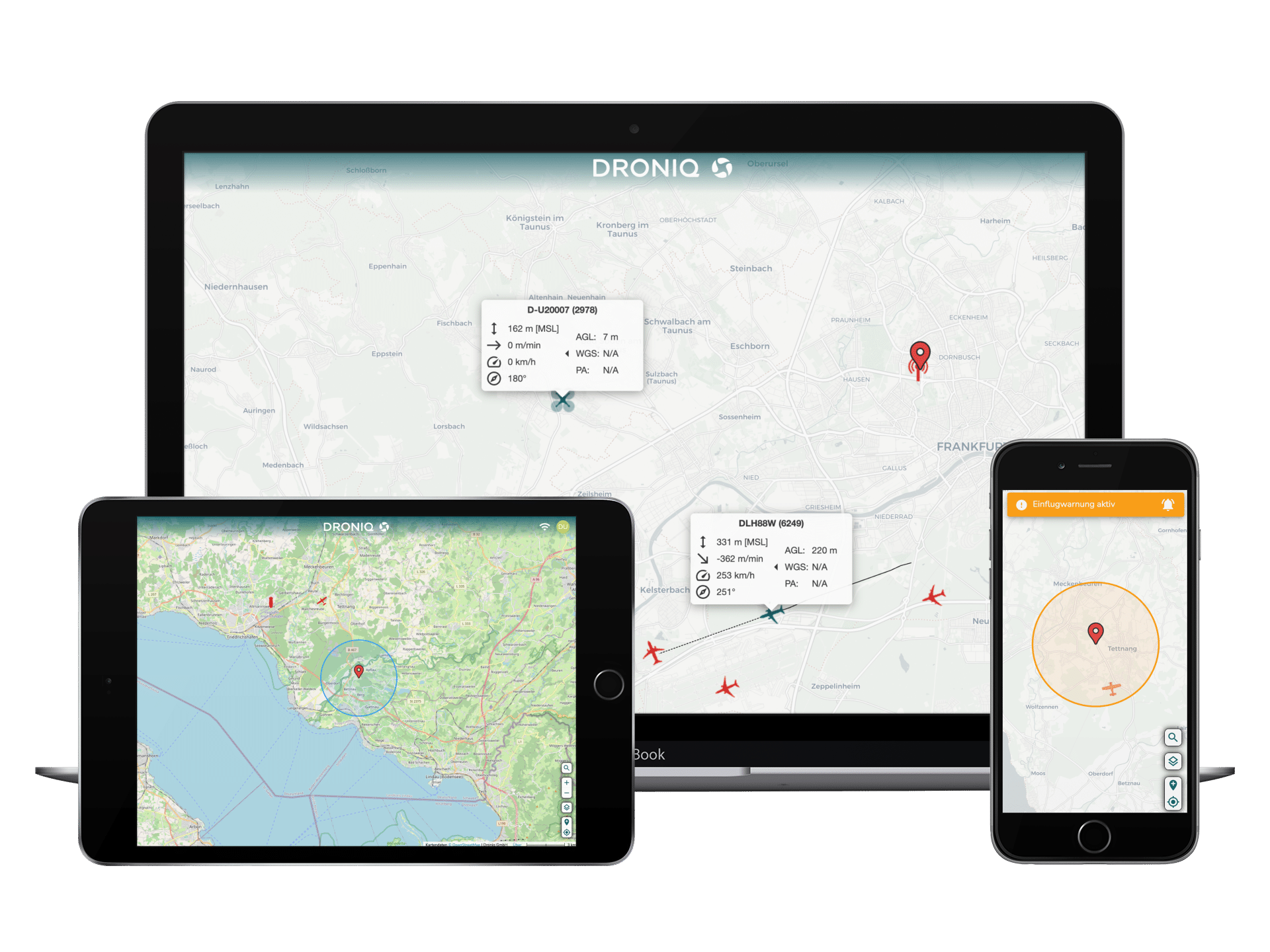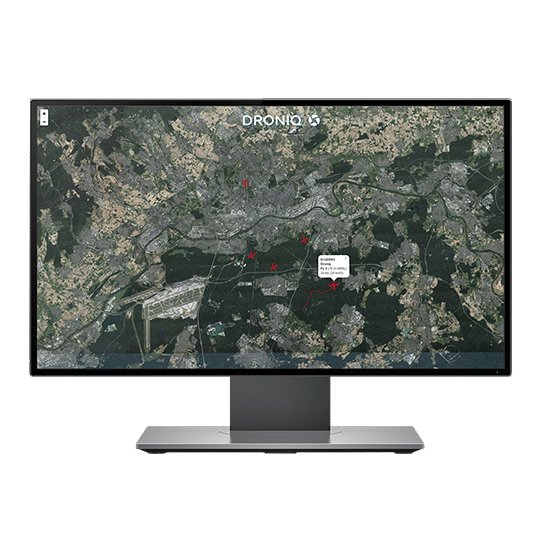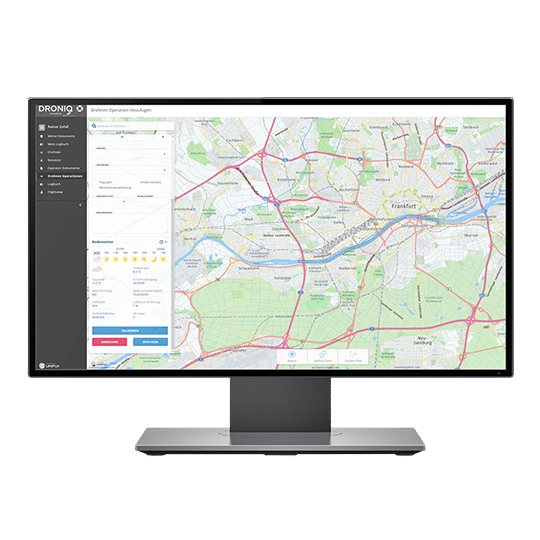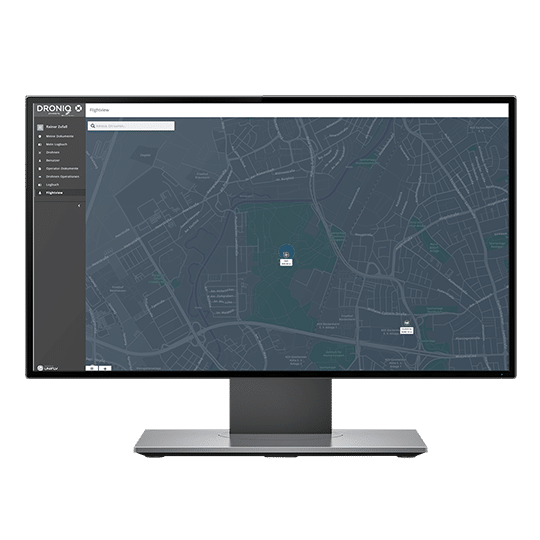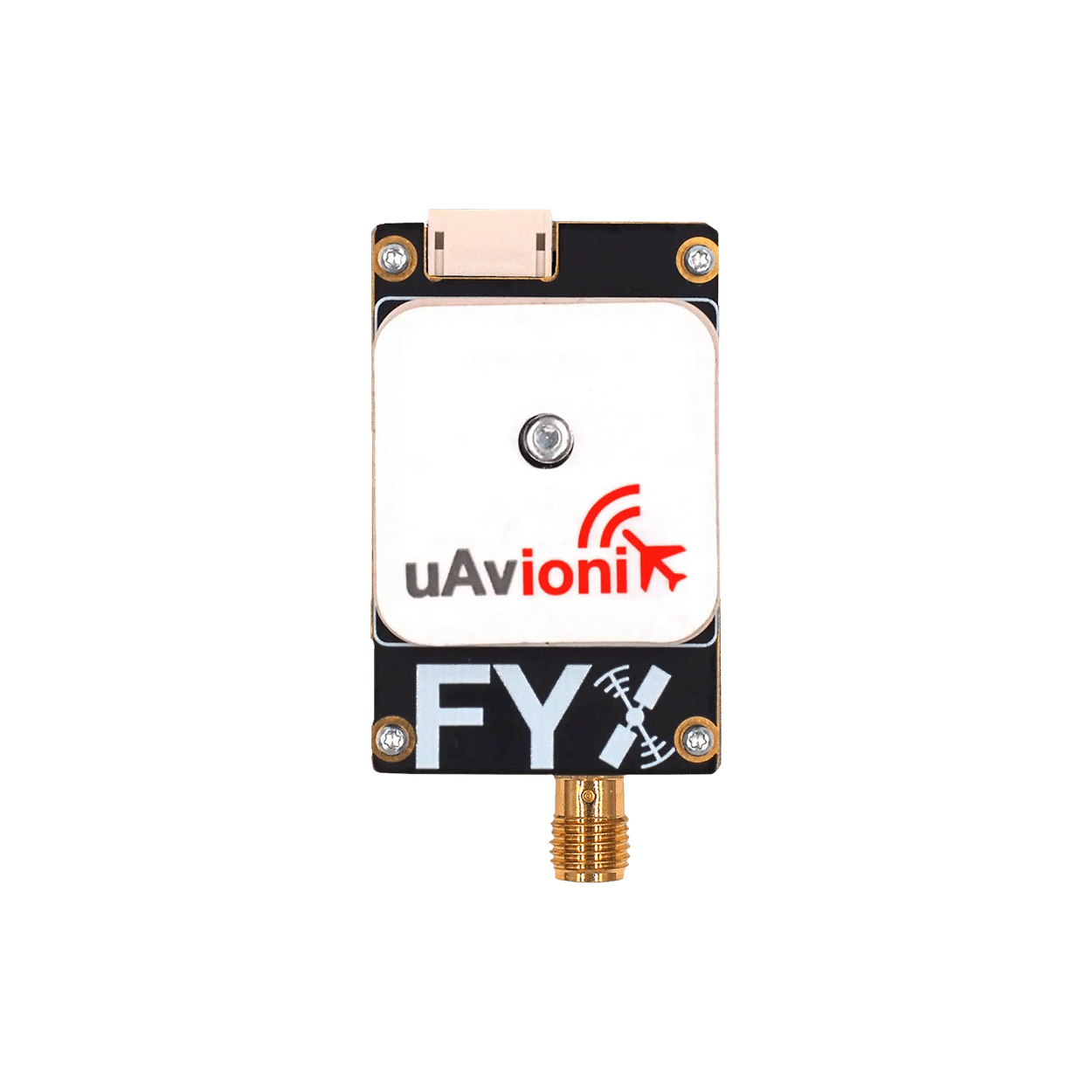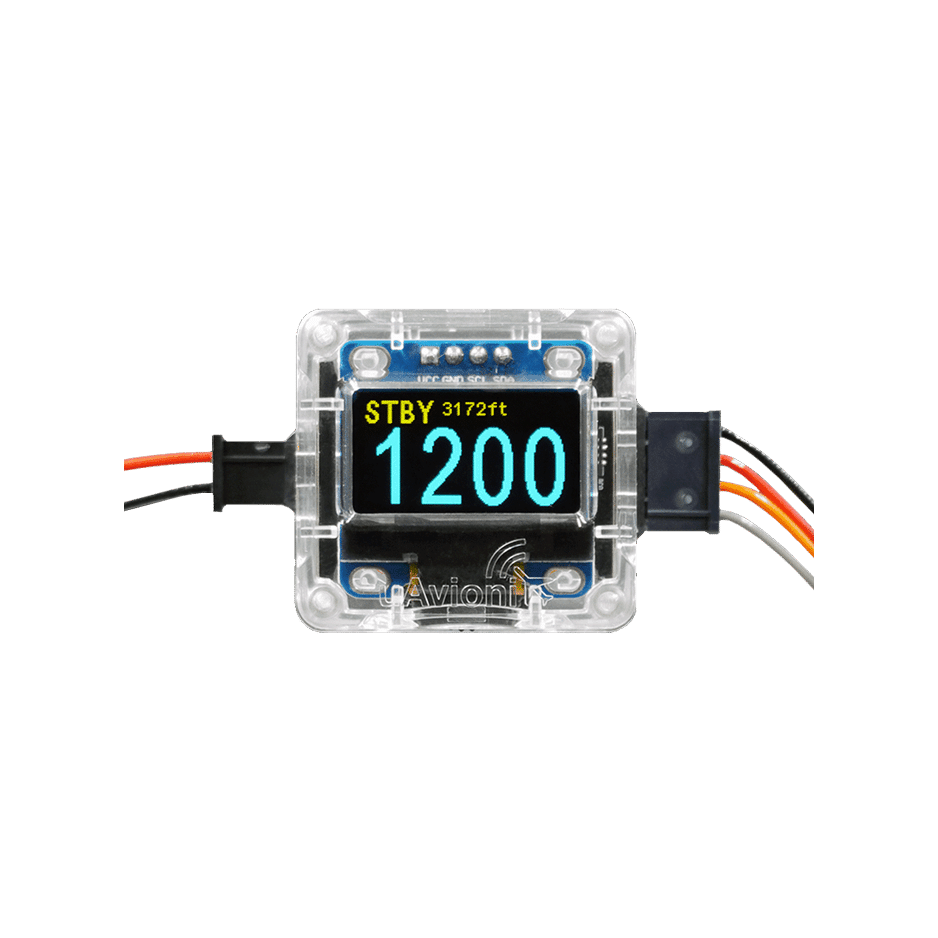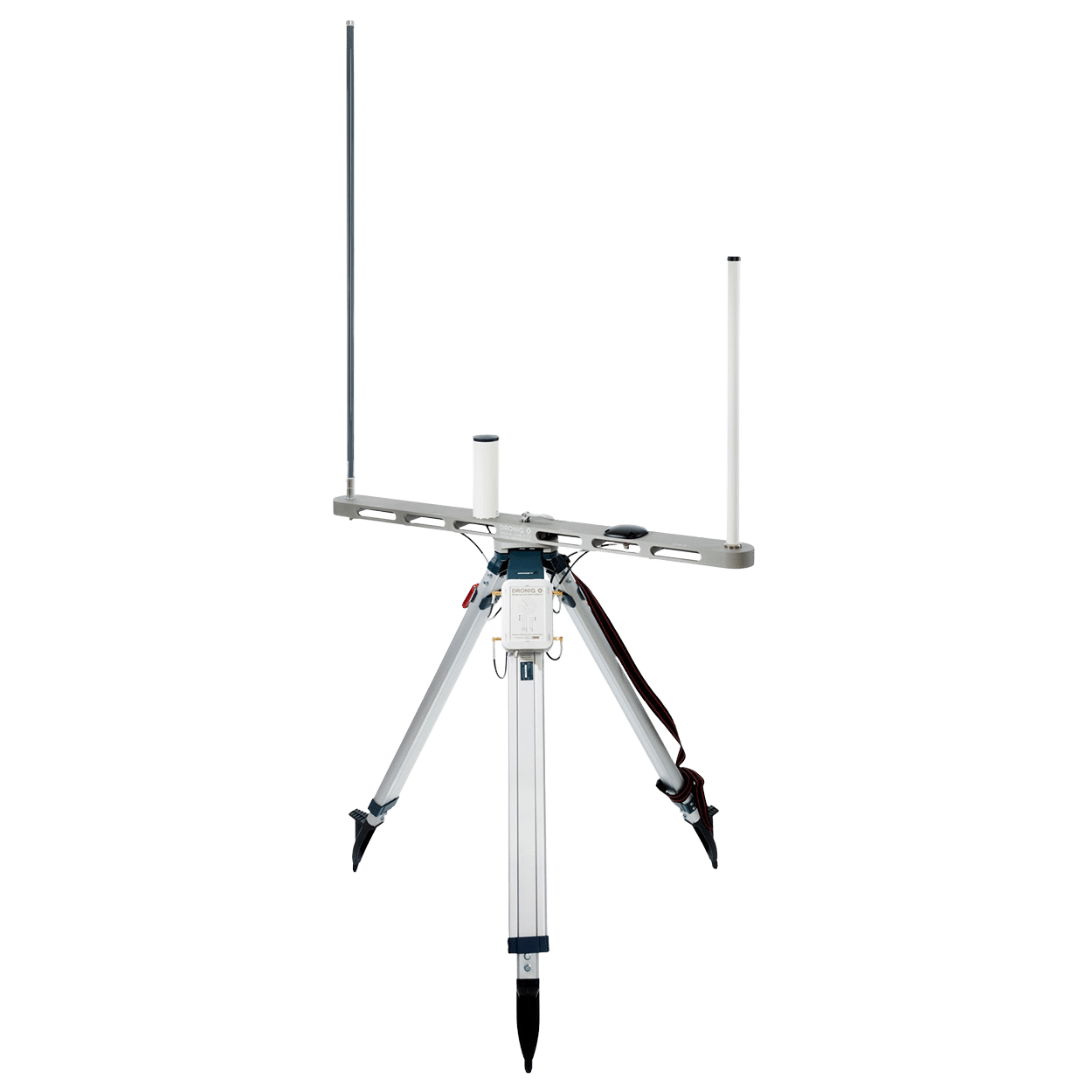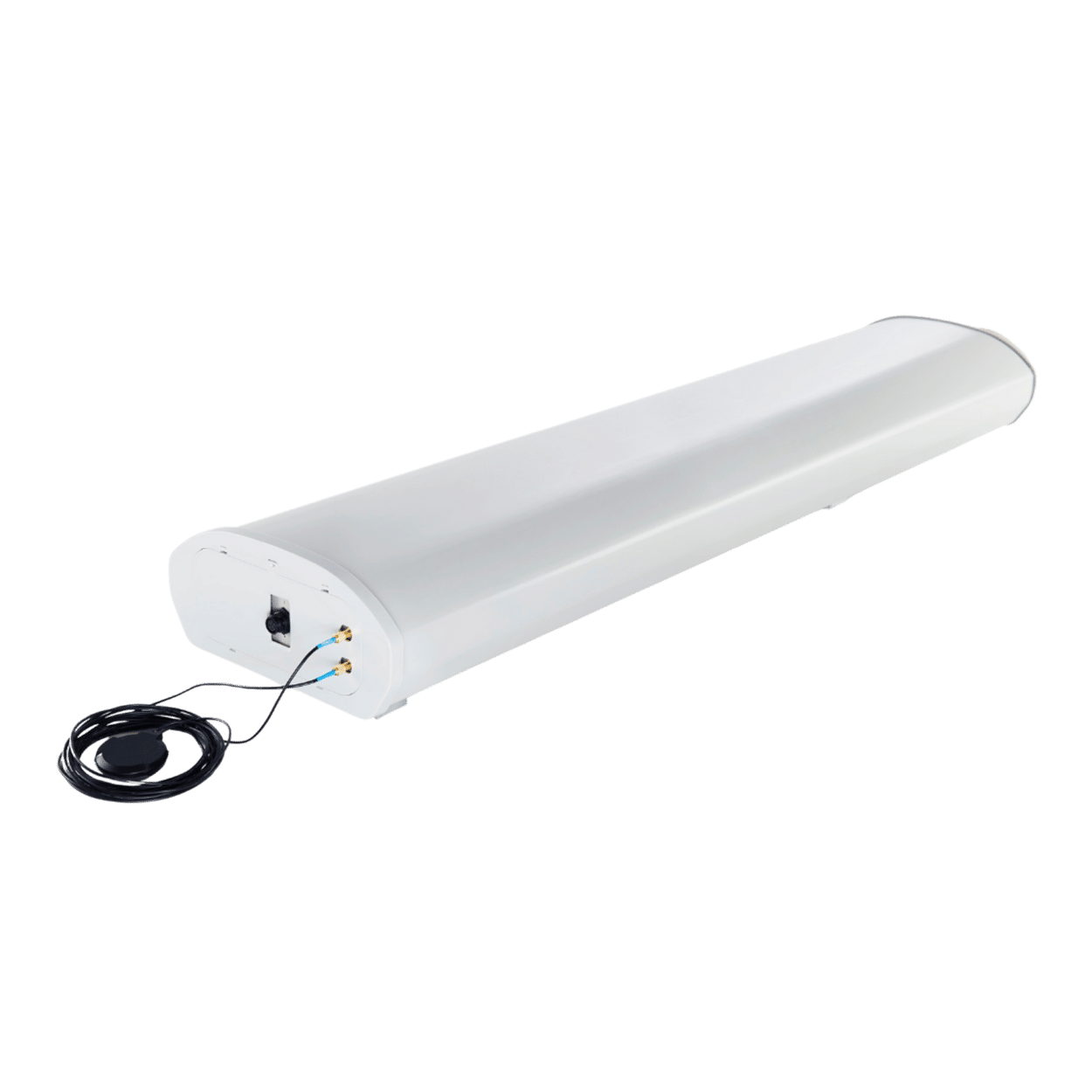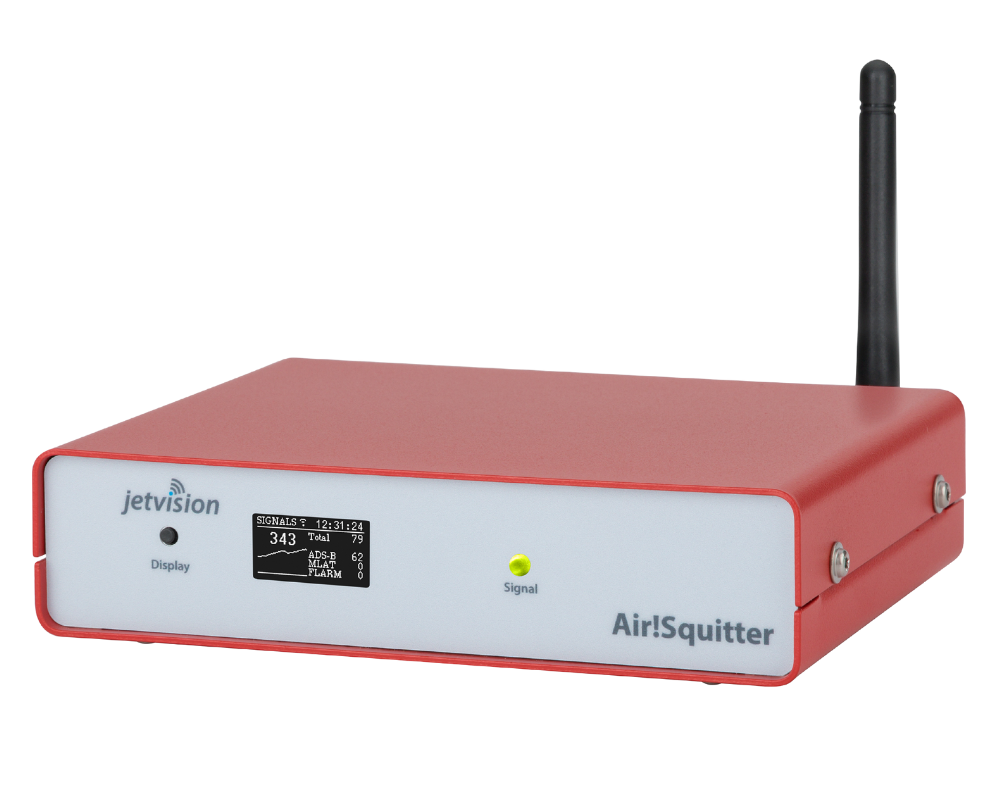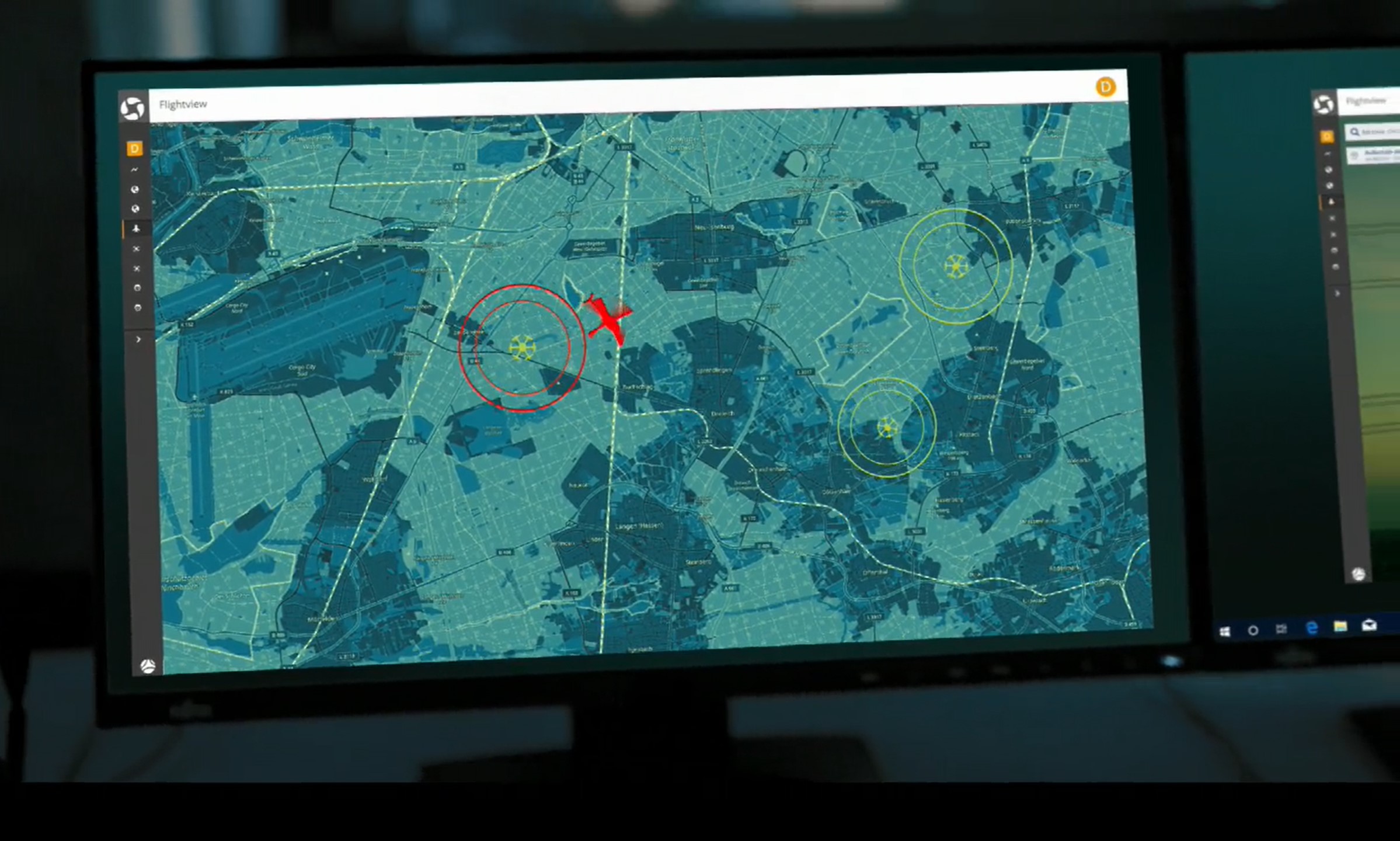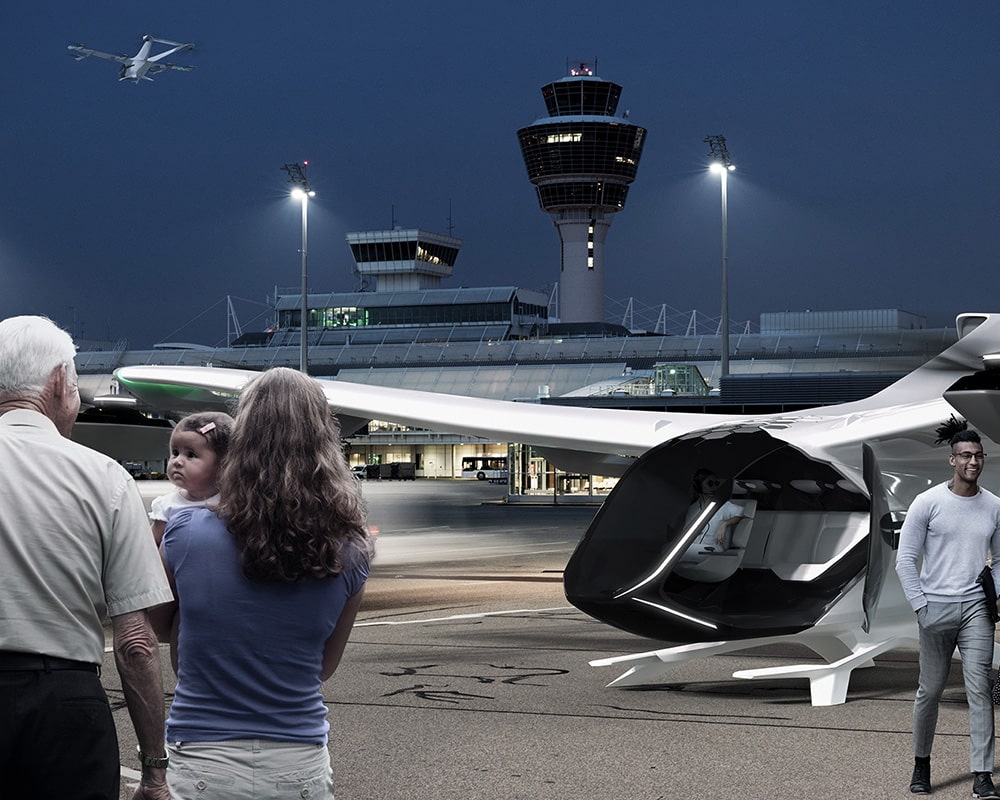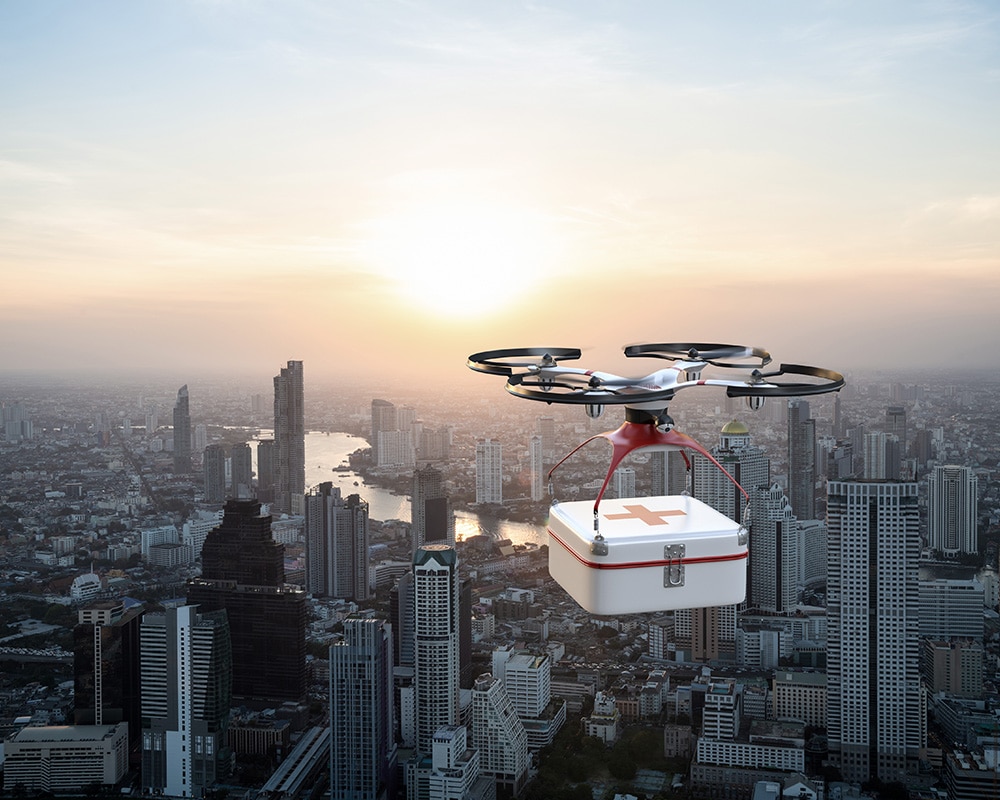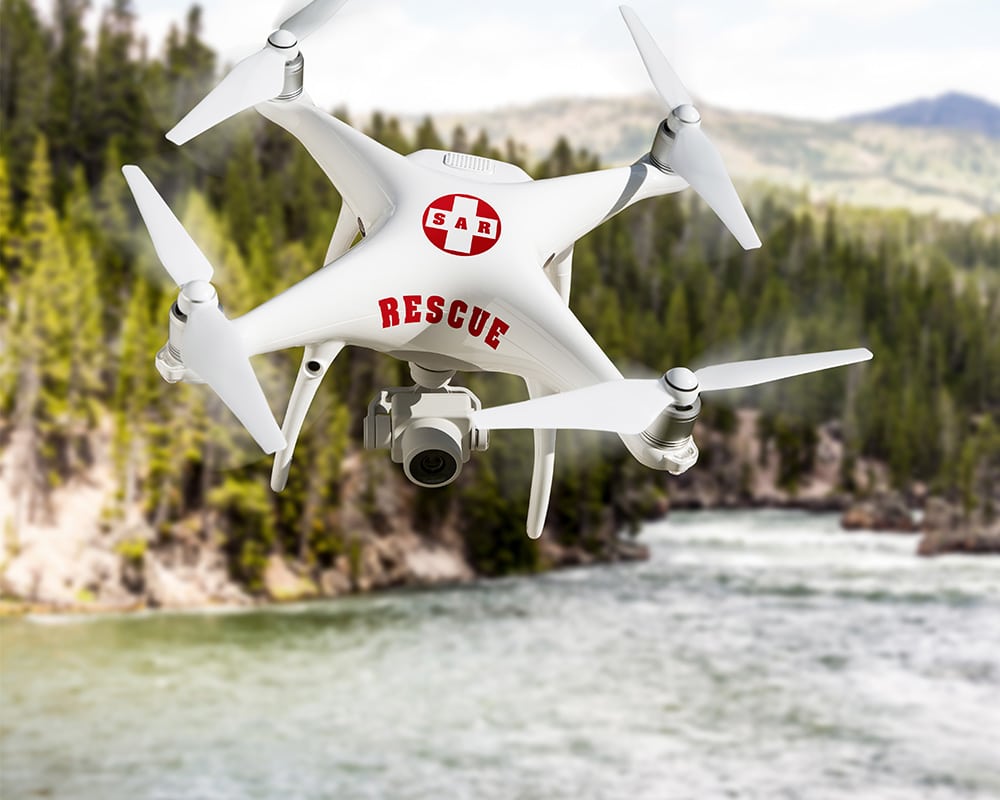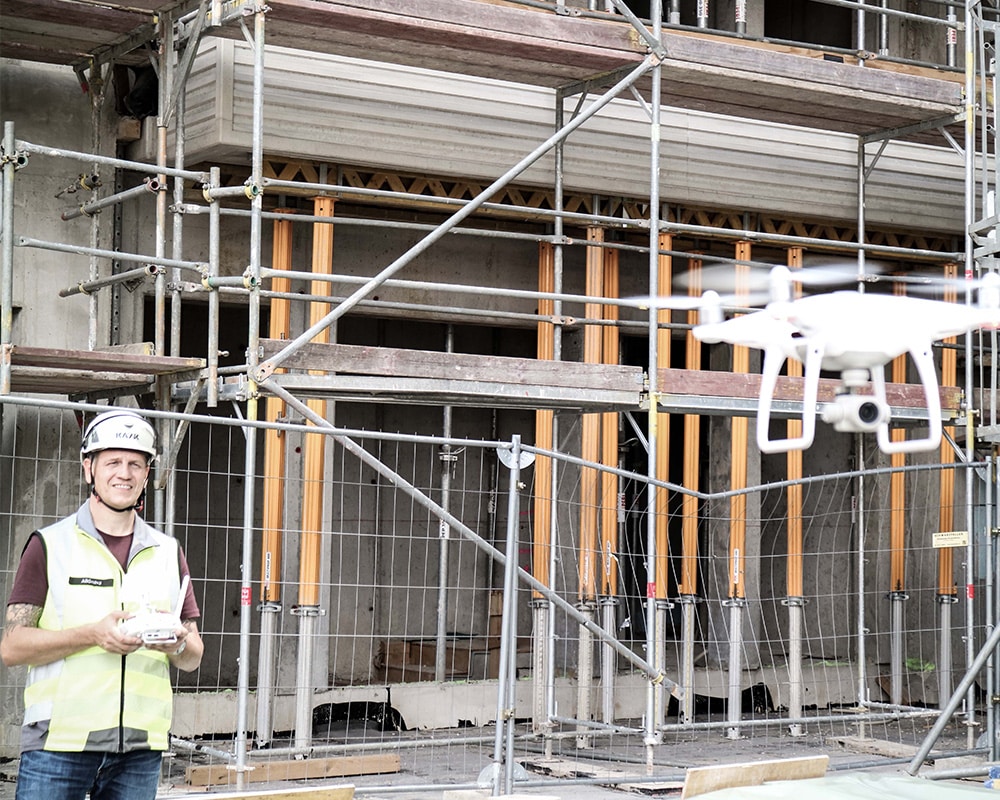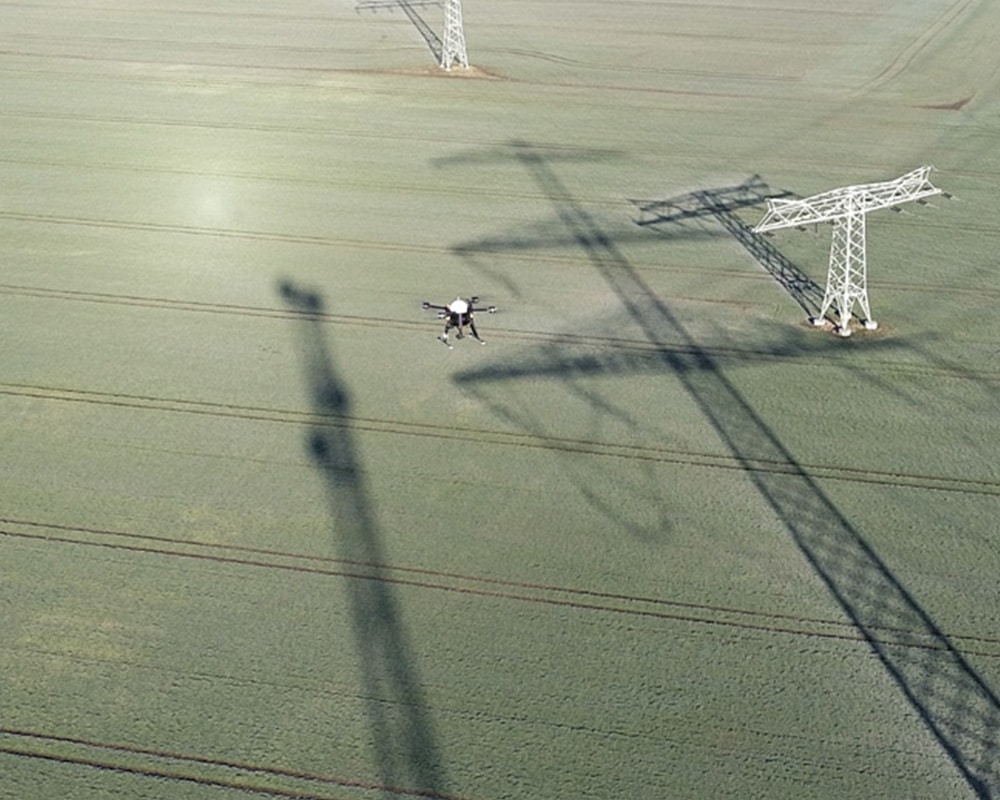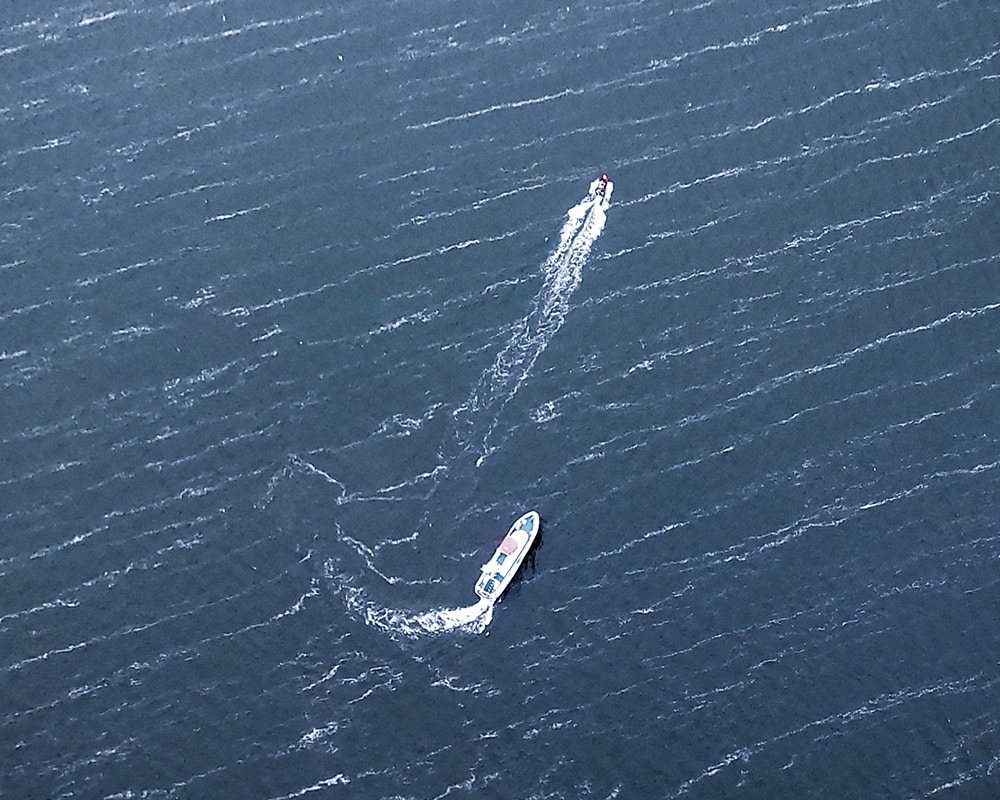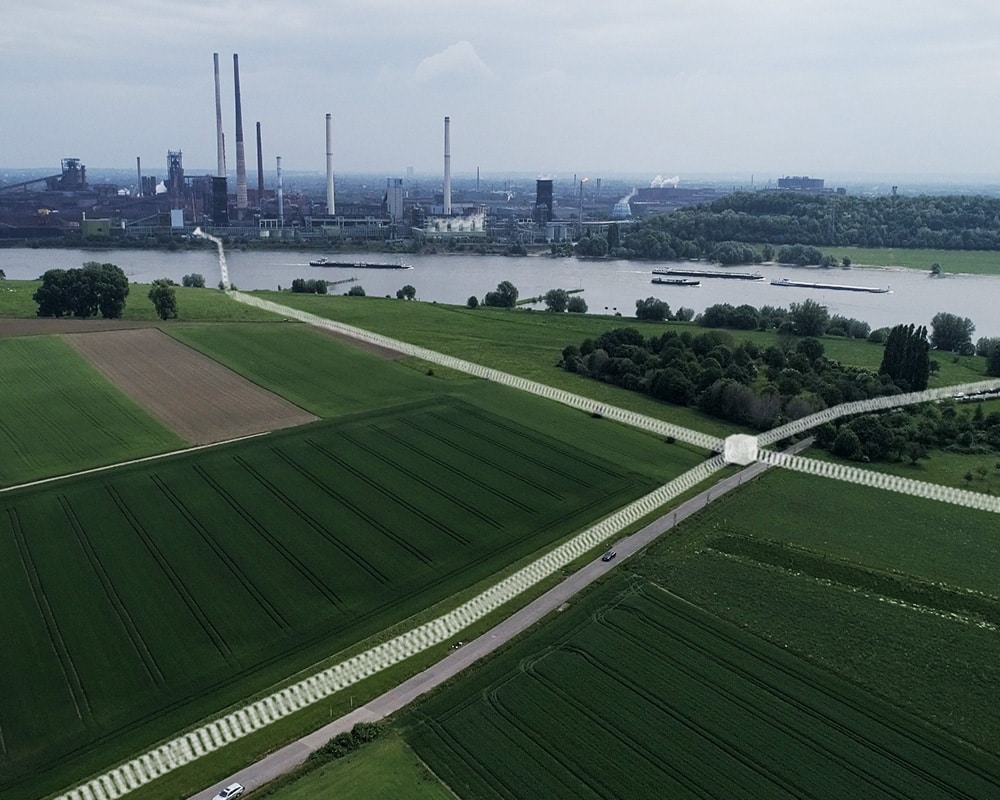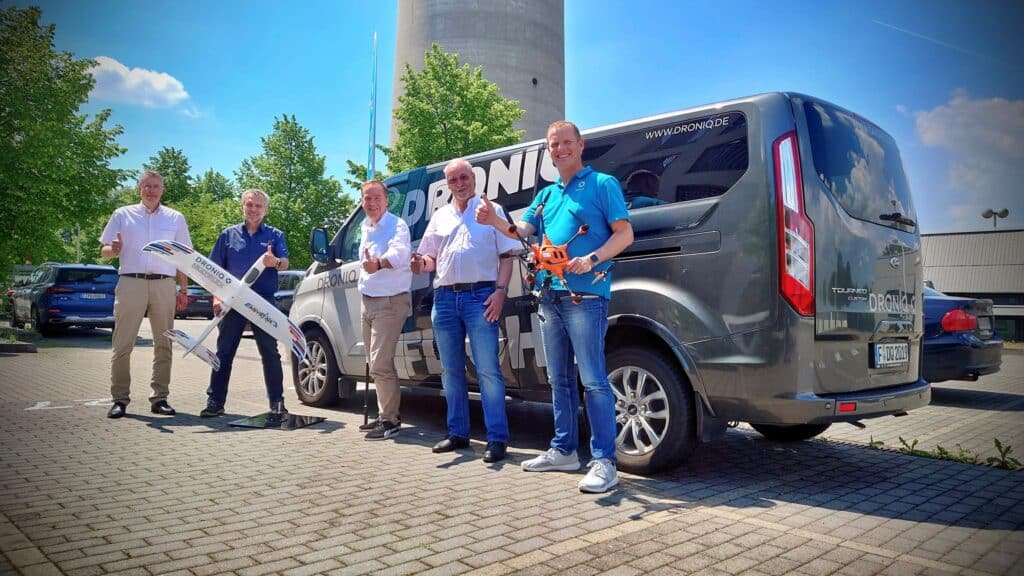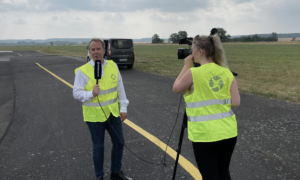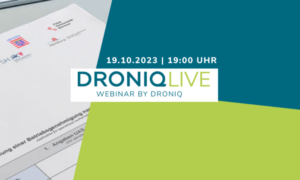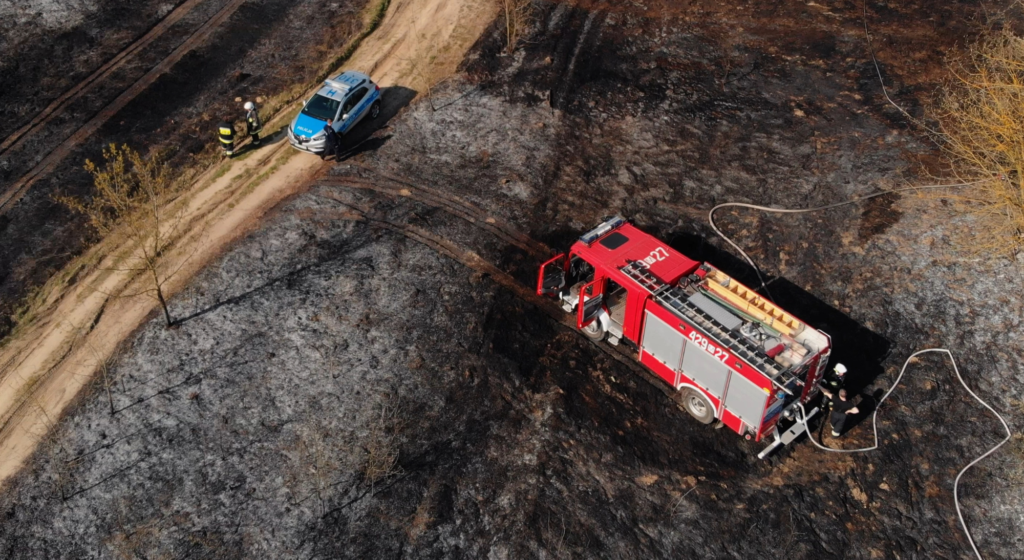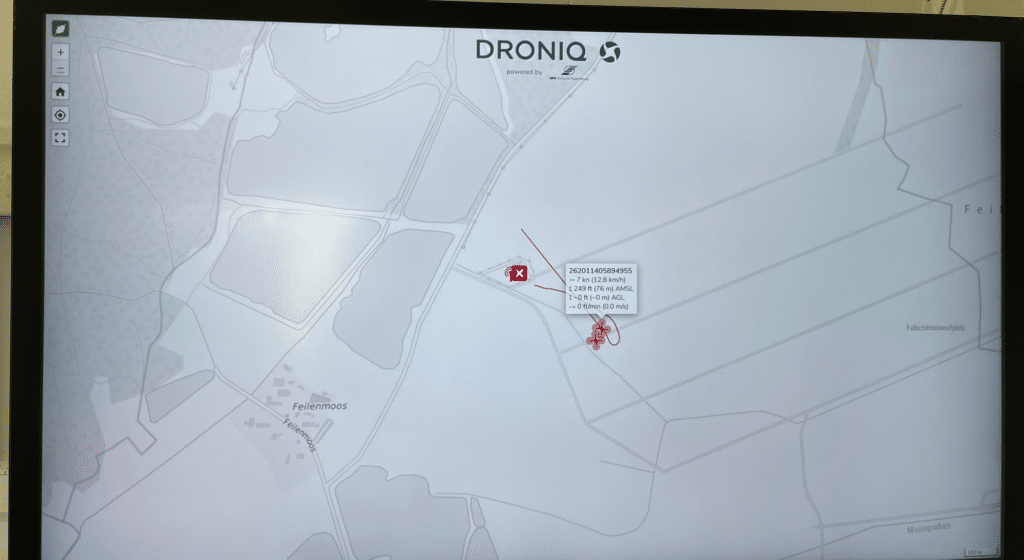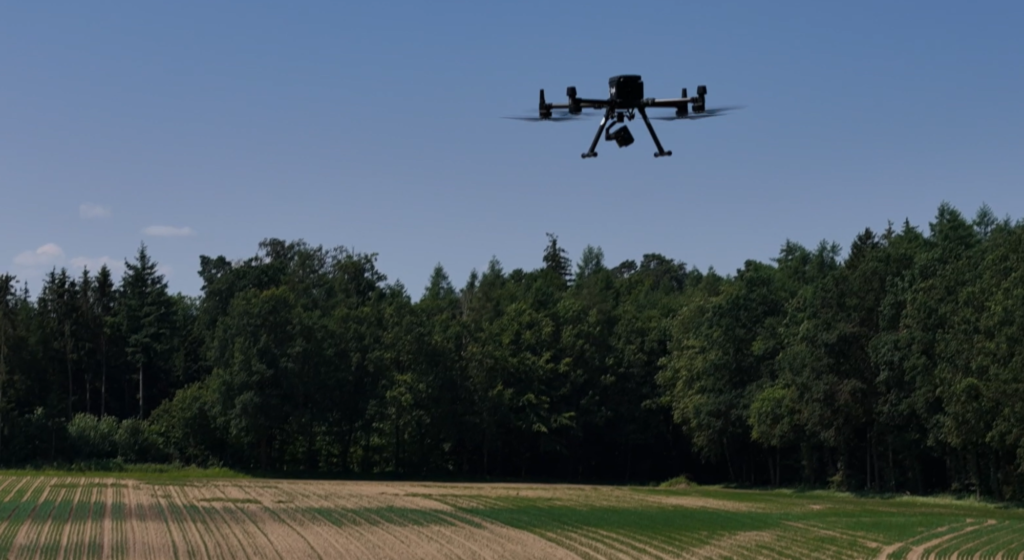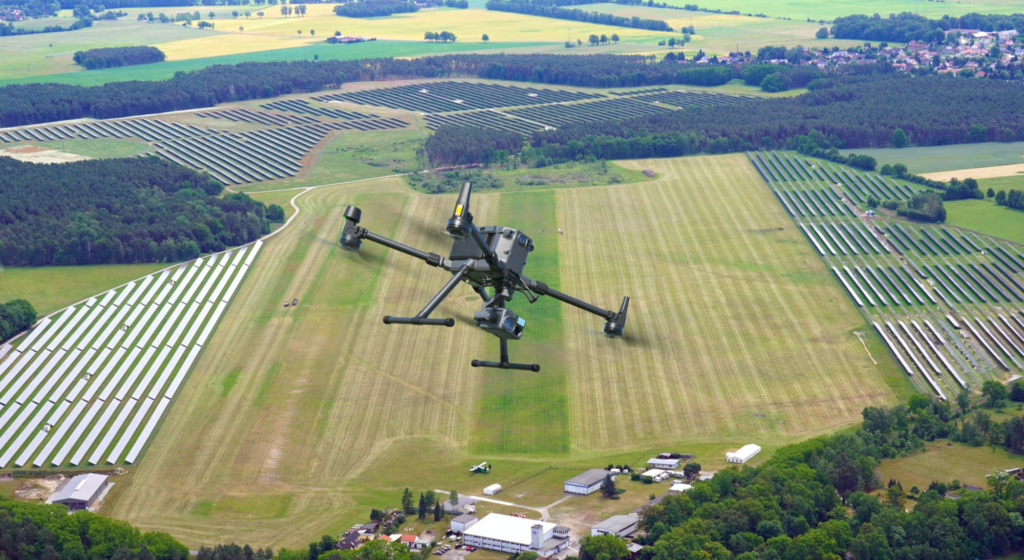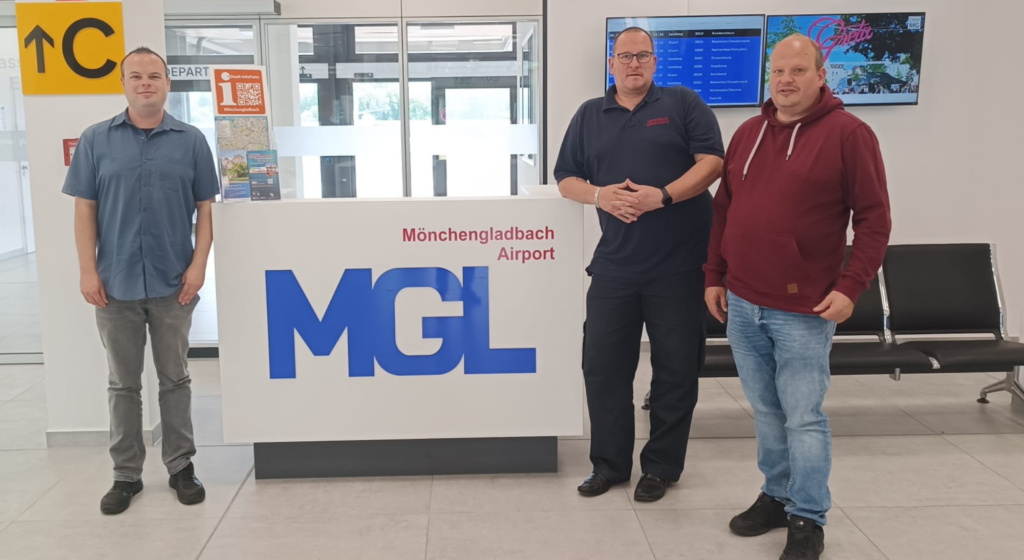The German Model Aircraft Association (DMFV) is entering into a cooperation with Droniq GmbH at the beginning of 2022. The goal of the cooperation is the development of a solution with which operators of model aircraft can make themselves visible to other air traffic participants. For this purpose, the traffic management system for drones (UTM), which is distributed by Droniq and developed by Deutsche Flugsicherung (DFS), will be used.
The UTM provides the user with a combined air situation picture of manned and unmanned aircraft. In the future, it will support model pilots especially when they want to operate their model aircraft outside of approved club areas, especially at flight altitudes of more than 120 meters. In addition, the system also provides comprehensive information about other flight restrictions, thus ensuring long-term safety in shared airspace. The DMFV would like to use this to simply and efficiently meet the requirements of the EU regulations on the operation of unmanned aircraft. Therefore, it relies on the permanent voluntary use of the system in its plans.
"In order to be able to operate model aviation with the freedom it has enjoyed up to now, the DMFV will soon receive an operating license for all its members from the German Federal Aviation Authority," explains DMFV President Hans Schwägerl. "For this, the association must prove that the model pilots organized in it fly in a particularly safe and responsible manner. With Droniq GmbH, whose task is the safe and fair integration of unmanned air traffic into the airspace, we have found the ideal partner to implement a corresponding solution in a lean and uncomplicated manner."
"The visibility of unmanned air traffic ensures safety for both sides: Both for the model airplane pilot and for other air traffic participants," explains Droniq CEO Jan-Eric Putze. "We look forward to using our expertise to work with the DMFV to develop a solution for this."
To launch the cooperation, the DMFV and Droniq will first investigate how a corresponding solution can be implemented. The results will be presented in the coming months.
